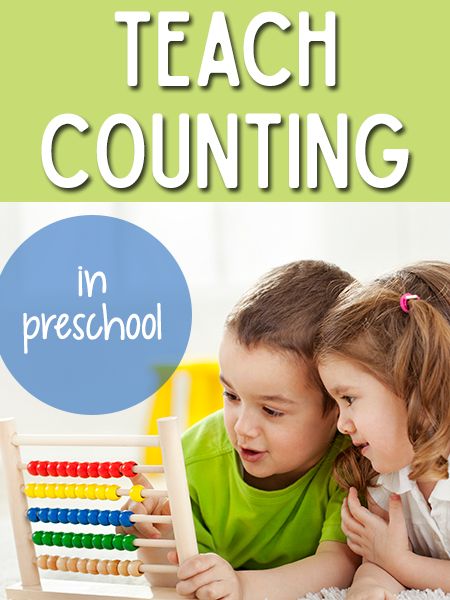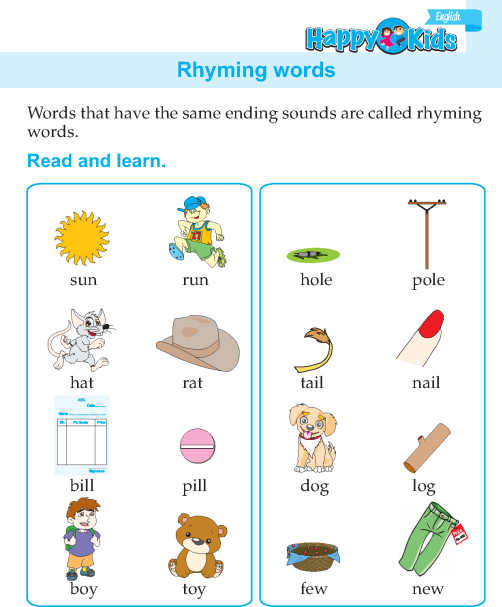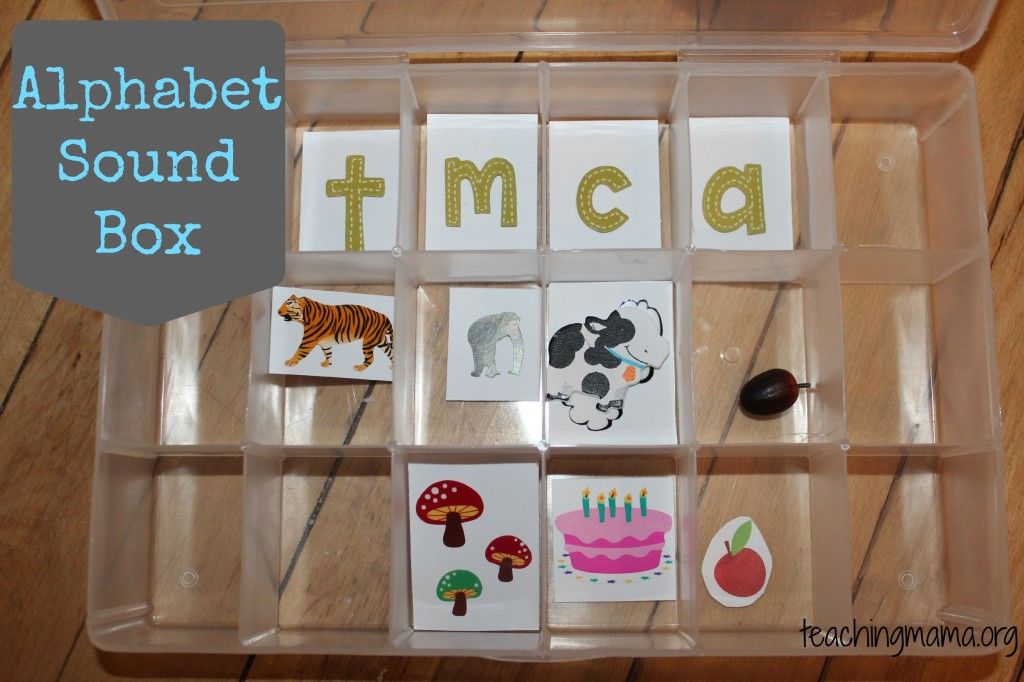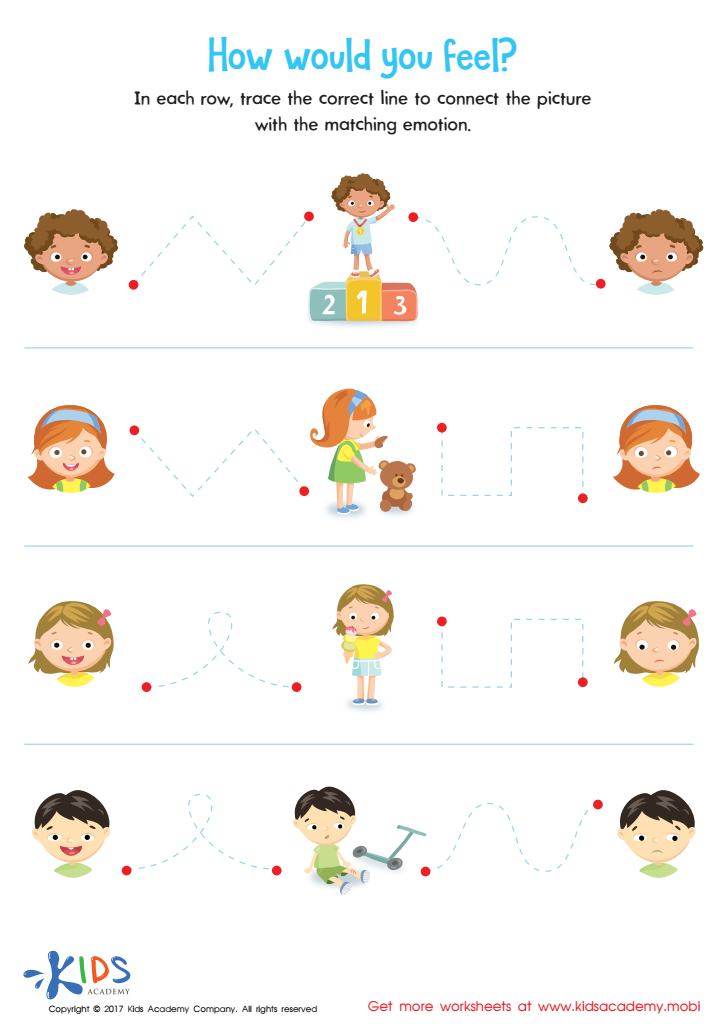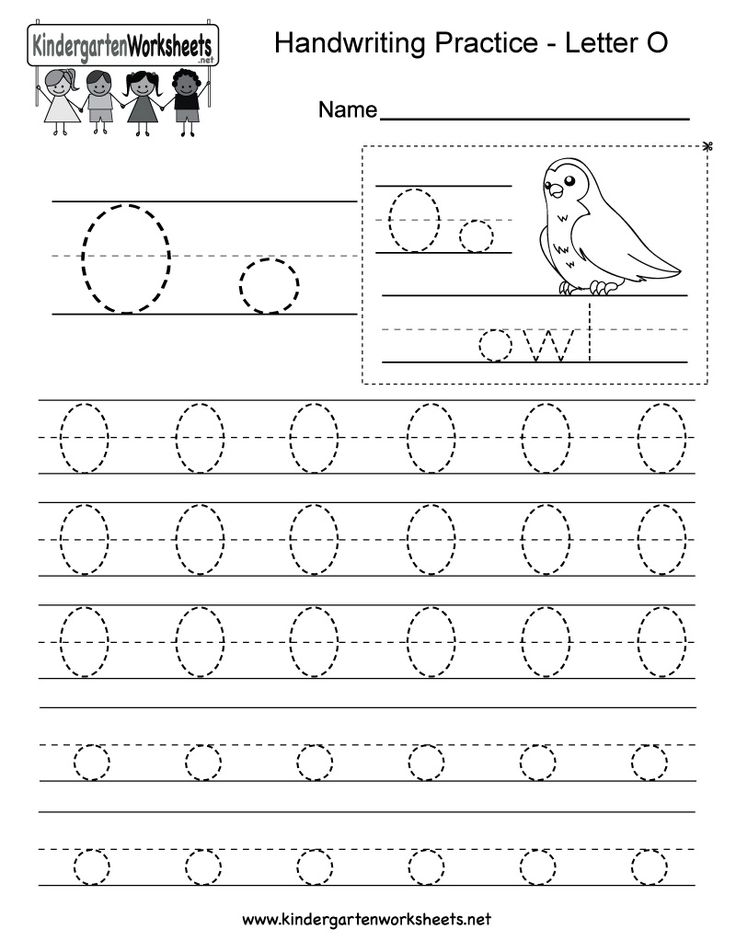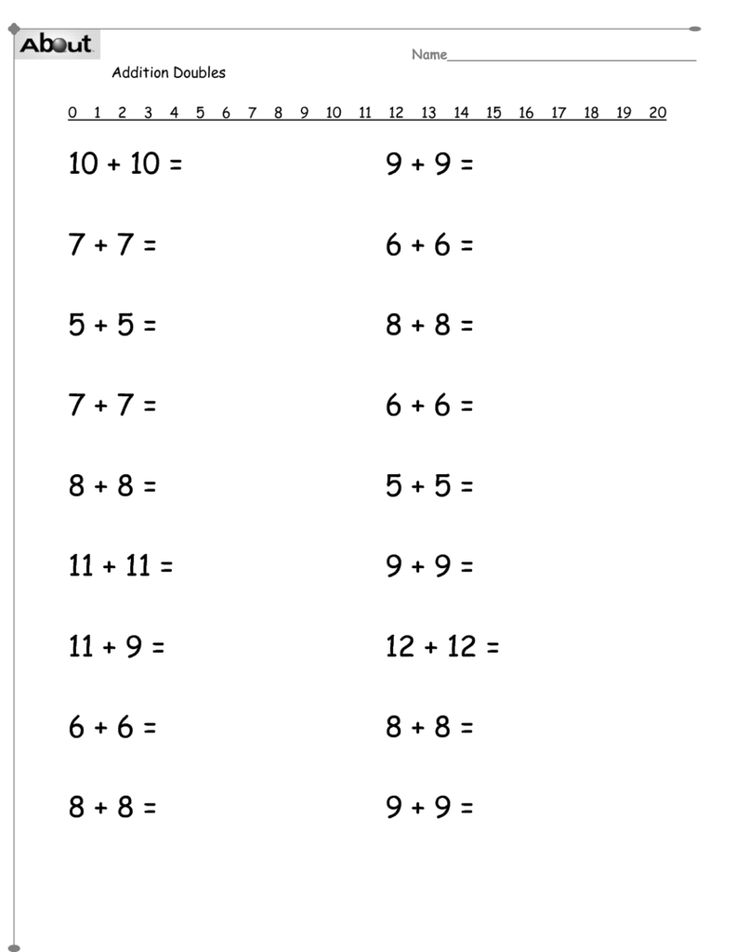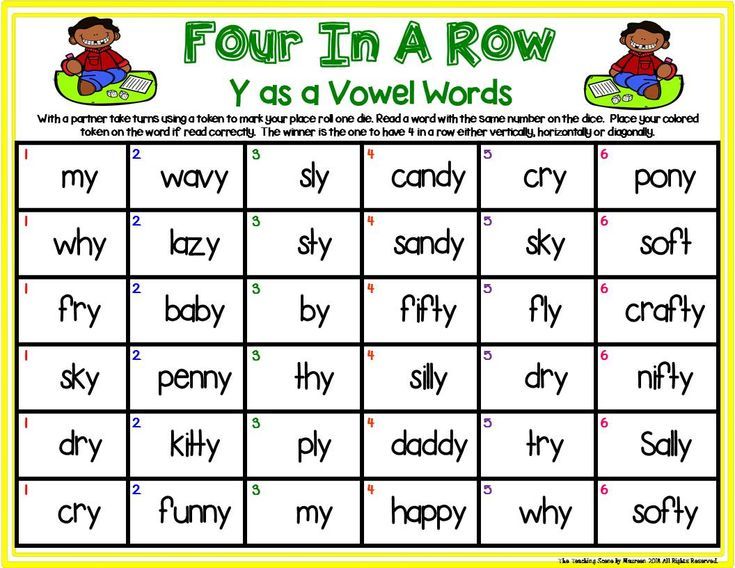Maths activities for 3 4 year olds
Hands-On Math Activities for Preschoolers
Disclosure: This post contains affiliate links to Amazon. See my disclosure policy for details.
Math is so fun to teach to preschoolers because there are a lot of daily activities that incorporate math. Preschoolers don’t need worksheets for math…they should learn through play and hands-on activities.
1. Patterns with Bears
Counting Bears are a great math manipulative to use with preschoolers. You can sort, count, or use them with patterns.
I created some pattern cards to help with this. The first page is an AB pattern, meaning two colors alternate in the pattern. The second page is an ABC pattern, meaning three are three colors in the pattern. For this activity, your preschooler will set the colored bear on top of the matching color to create a pattern. On the ABC pattern cards, the last circle is left empty. That is for your child to tell you what color it should be.
You can get the color patterns printable at the bottom of this post.
Math Skill: Patterns and Relationships
You can find more pattern activities here.
2. Sorting Colors with Bears
Sorting is a skill preschoolers should work on a lot. One way to sort is by color. We do this with our counting bears and a sorting mat.
You can get the sorting mat printable at the bottom of this post.
You can even use colored tape and pom poms to practice sorting! Add in some tweezers for some extra fine motor practice.
We also love counting mats! These are great for learning to count and working on one-to-one correspondence.
Math Skill: Patterns and Relationships
3. Money Muncher
A fun way to work on sorting is with the Money Muncher! It’s also a great activity for fine motor skills. To see all the fun details, click here.
Math Skill: Patterns and Relationships
4. Sorting Jelly Beans
Anytime we work with candy, my kids love it! You can sort M&Ms or jelly beans or whatever! To see how we did this with jelly beans, click here.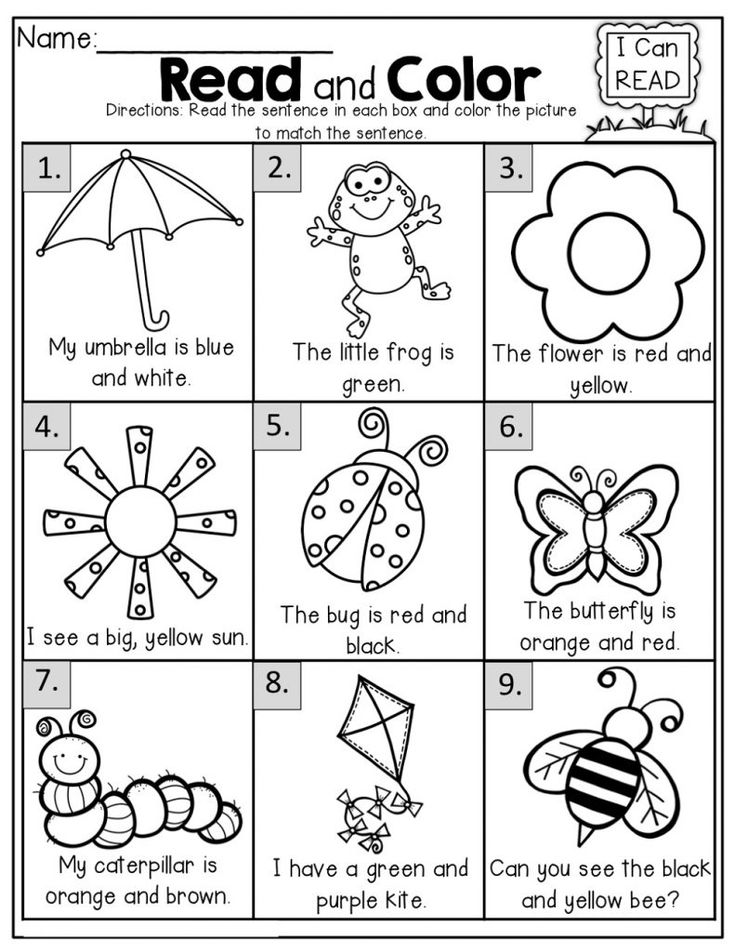
You can get the jelly bean sorting printable at the bottom of this post.
One more idea for sorting is by using toy animals. Have them sort by different characteristics, such as land animals and sea animals.
Math Skill: Patterns and Relationships
5. Graphing
Graphing is always good to introduce to preschoolers. It doesn’t have to be complex, but you can do a simple activity like graphing the types of transportation on a bar graph and use small pictures or toys (or I used erasers from The Dollar Tree).
Make graphing hands-on using apples! Even young preschoolers can begin learning about graphing with this activity.
Check out this free gumball graphing activity right here.
Math Skill: Patterns and Relationships
6. Shape Wheel
This is a fun activity for learning shapes! Just print this shape wheel and draw the same colored shapes onto clothespins.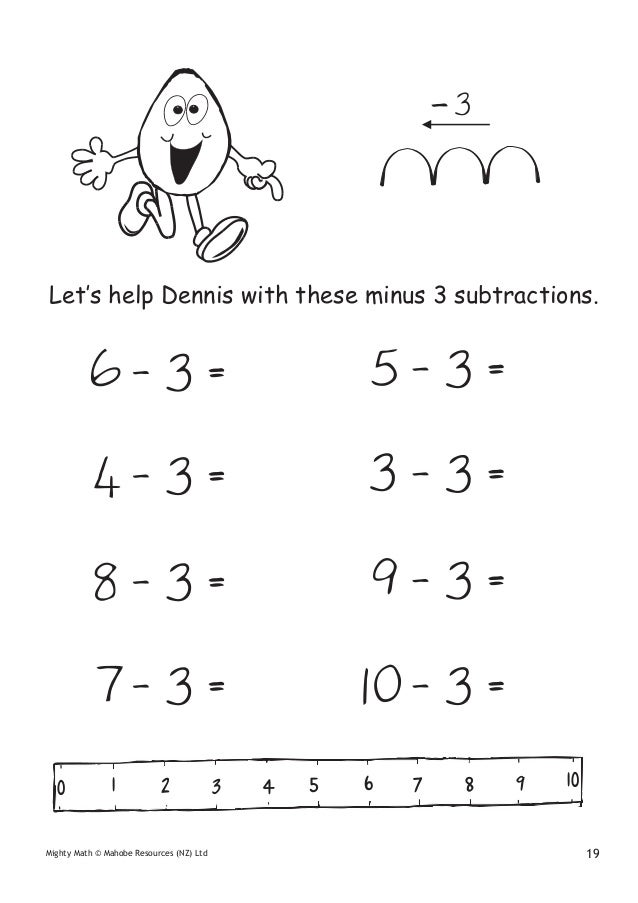 Have your child match the clothespin to the shape on the wheel. This is great for working on fine motor skills!
Have your child match the clothespin to the shape on the wheel. This is great for working on fine motor skills!
You can get the shape wheel printable at the bottom of this post.
Math Skill: Geometry
7. Shape Sorter
An easy way to practice shapes is with a Shape Sorter! I bought these shapes at Michaels Craft Store many years ago, but these 3D geometric shapes would be a good option if you’re interested in creating a Shape Sorter. Check out this post for details on how to make this easy math activity.
Math Skill: Geometry
8. Noodle Shape Cards
A neat sensory activity and a fun way to learn shapes are with noodles! See the post here to download the free shape cards.
Math Skill: Geometry
9. Foam Sticks
Learn shapes in the tub with these foam sticks! You can see how we did this here.
Another fun way to practice shapes is with the cookie shapes matching activity!
And my favorite way to teach about shapes is with my shape rhymes!
10. Dice Game
Dice Game
This is a really fun game! I took this Melissa & Doug wooden toy and put white circle stickers on the top of the pegs. I wrote numbers 1-6 and had 2 stars. I had my son roll the dice and whatever number it landed on, he would pound with a toy hammer. If the number he rolled was already down, he hit the star. Not only was this fun for him, but he was able to “subitize”, which simply means to recognize numbers instantly without counting the dots.
Math Skill: Number Concepts
11. Star Number Cards
Practice counting and recognizing numbers with star number cards. This one is great for working on one-to-one correspondence and fine motor skills.
You can get the star number printable cards at the bottom of this post.
Math Skill: Number Concepts
12. Ladybug Math
We made these adorable ladybugs and they were a hit! Not only were they fun to play with, but we did a lot of counting and sorting with them.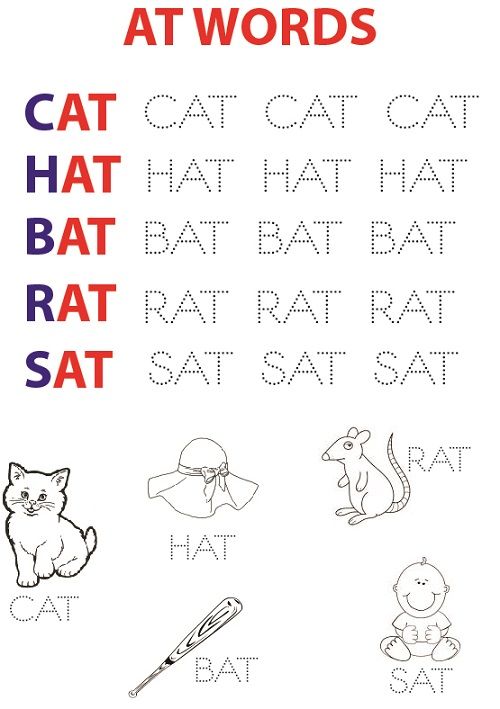 Read all about it here.
Read all about it here.
Math Skill: Number Concepts
13. Balloons
Learn the order of numbers with this really fun game involving balloons! Check out the details here.
Math Skill: Number Concepts
14. Estimating with Water
We learned about estimation with a dropper with some fun, hands-on water activities.
Math Skill: Measurement
15. Pouring and Comparing
We practiced pouring skills with rice into these beakers. Then I had my son line them up from biggest to smallest. Using comparative words like big/small or empty/full help teach preschoolers about simple concepts of measurement. This is simple and you could elaborate on this activity.
One more easy way to practice measurement is with Unifix cubes. Place different lengths of tape on the floor or poster board. Then have your child use Unifix cubes to measure the lines.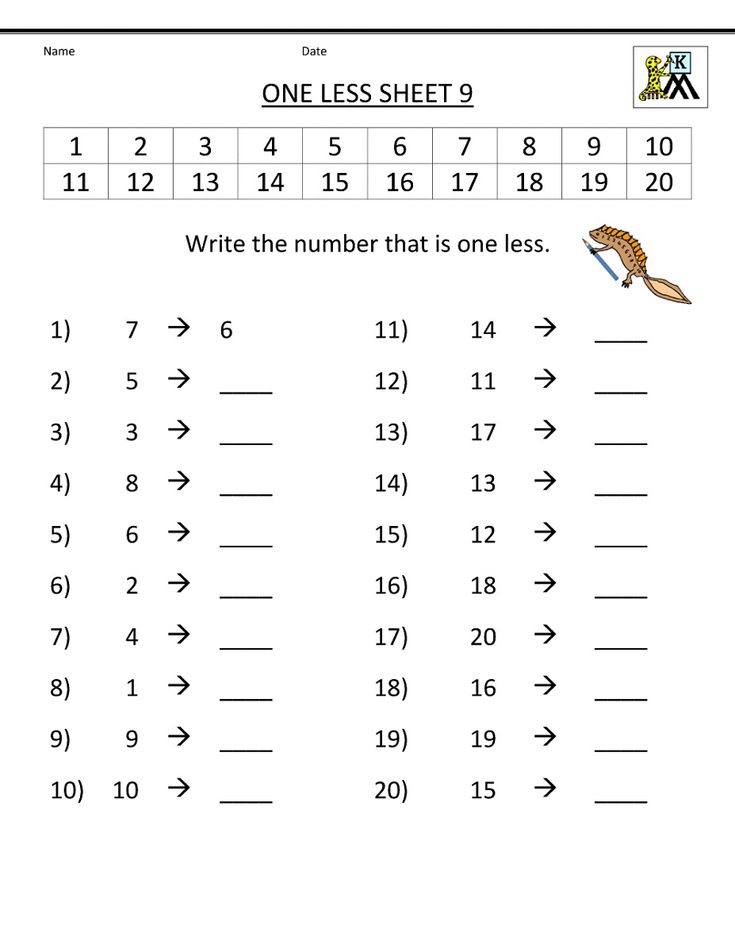 This is a simple way to practice counting, measuring, and comparing lengths.
This is a simple way to practice counting, measuring, and comparing lengths.
Math Skill: Measurement
Lastly, check out this really easy and fun way to practice counting!
If you’re looking for digital math activities, make sure to check out my counting activities using Google Slides.
If you’d like to download the 5 free printables I shared in this blog post, just click on the button below!
29 Easy And Fun Math Activities For Kids Aged 3 To 6 Years
She can be a great friend and a lovable partner but a difficult one to crack at times.
Shutterstock
Some parents find it difficult to introduce math to their children. But, you can make it enjoyable and exciting with math activities for kids. You don’t have to become a mathematician to help your children with math, nor always have a pencil and a worksheet in your hands. Instead, you can teach the basics through interesting multi-sensory and hands-on math activities. We compiled a list of interesting and fun math activities that can be enjoyed by kindergarten and preschool children. So, dive into this post for some of the best activities that will make your little one’s math learning fun.
We compiled a list of interesting and fun math activities that can be enjoyed by kindergarten and preschool children. So, dive into this post for some of the best activities that will make your little one’s math learning fun.
29 Math Activities For Kids
The math activities have been categorized into different groups to make it easy for you to navigate and quickly find what you are looking for to help your children learn math.
Math Activities For 3-year-olds
1. Sorting and counting candy
Shutterstock
Children love colors. Arrange as many colorful candies as you can, and then invite your toddler to sort the candies based on the color. Let them put the candies in separate bowls and count them.
2. Making numbers with playdough
Shutterstock
Playdough and math? Yes, it is a perfect match. Children like artwork, and this activity could unleash the artist in them.
Use colorful dough to make the numerals and place them on your children’s hands or chart paper.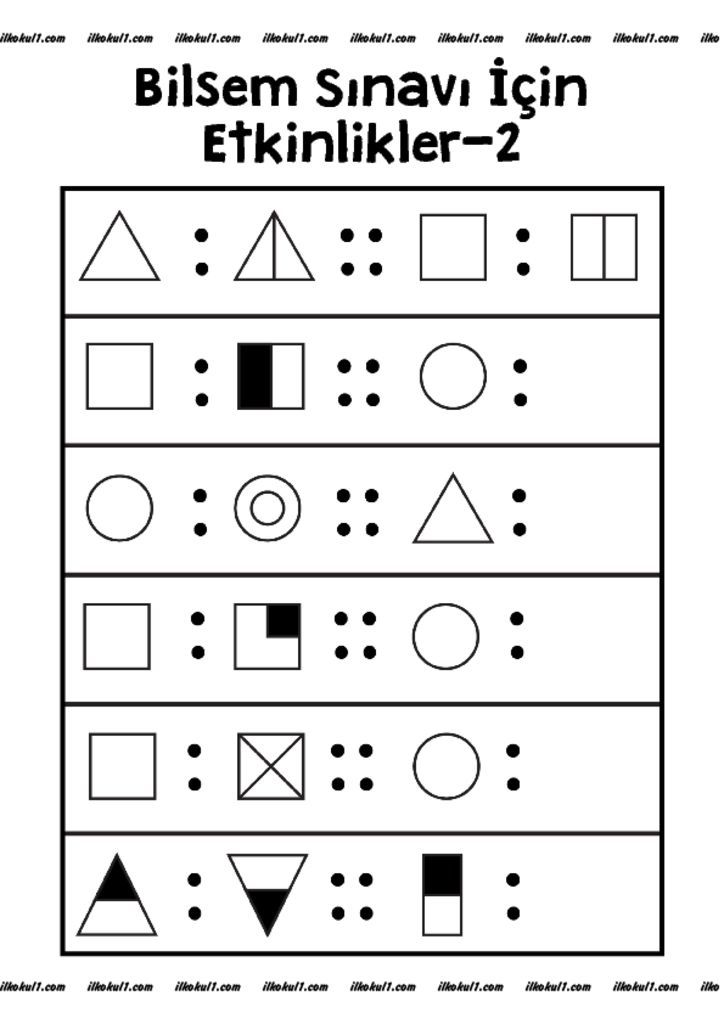 Let them touch and feel the numbers.
Let them touch and feel the numbers.
3. Pattern with gummy bears
Shutterstock
This activity involves sorting and placing the gummy bears by following a pattern. Use an AB pattern of two different colors or an ABC pattern of three different colors and keep the last place blank. Let the child figure out what color must be followed in the given pattern.
4. Sorting colors with gummy bears
Shutterstock
Get colorful gummy bears and a sorting mat with colored circles. Now tell your child to sort the bears and put them in the respective colored circles. This will help them differentiate between colors.
Related: Top 10 Easy Coloring Activities For Preschoolers
5. Graphing
Shutterstock
Graphing is a simple and excellent activity for teaching toddlers how to categorize things. Take a chart paper and draw a bar graph with different bars for different categories such as fruits, animals, and vehicles. Now ask your child to categorize and place their toys in their respective bars.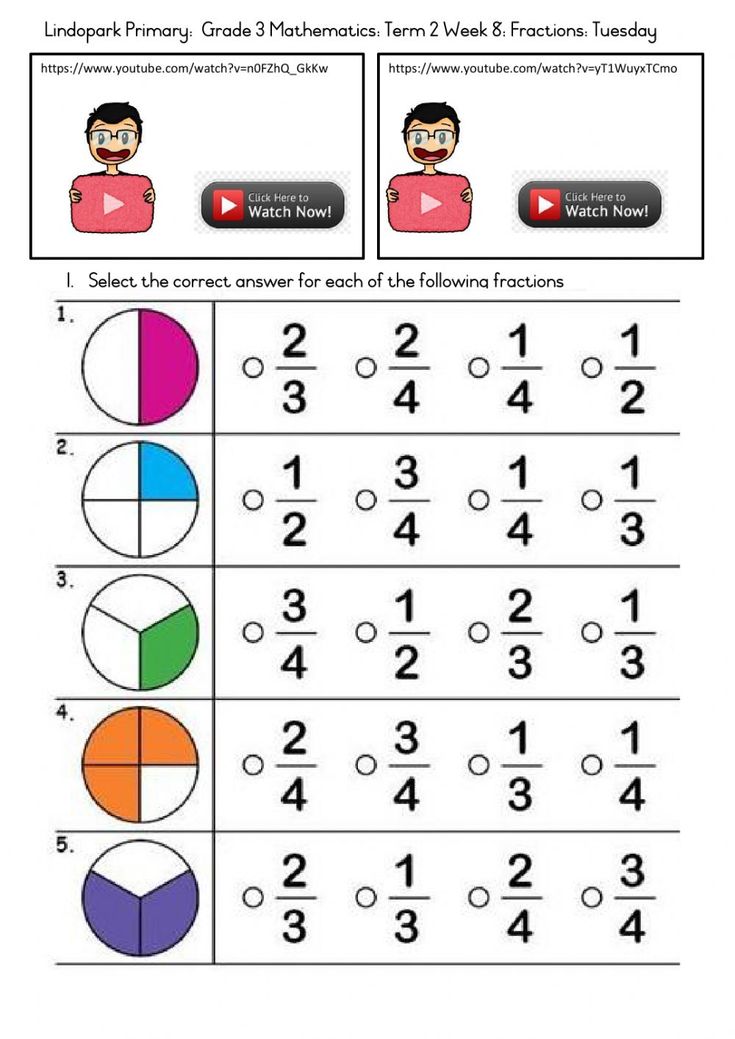 This is a fun-filled activity that can be used for grouping other items too.
This is a fun-filled activity that can be used for grouping other items too.
6. Count it, glue it
Shutterstock
This is a counting activity wherein children need to count objects such as beans, buttons, beads, or candies and paste them on pieces of paper. Make your children write the numbers one to ten on individual pieces of paper and then ask them to count the objects. Next, they should paste the objects onto the paper to match the number.
Related: 15 Innovative Number Games And Activities For Kindergarten Kids
7. Comparing the sizes
Shutterstock
Gather some objects, such as fruits and toys, and ask your child to line them up from the smallest to the biggest object. This activity will help them compare the sizes of different things
8. Comparing the length
Shutterstock
Here’s an interesting activity for teaching your children the concept of measurement. Compare the length of objects by using a measuring tape.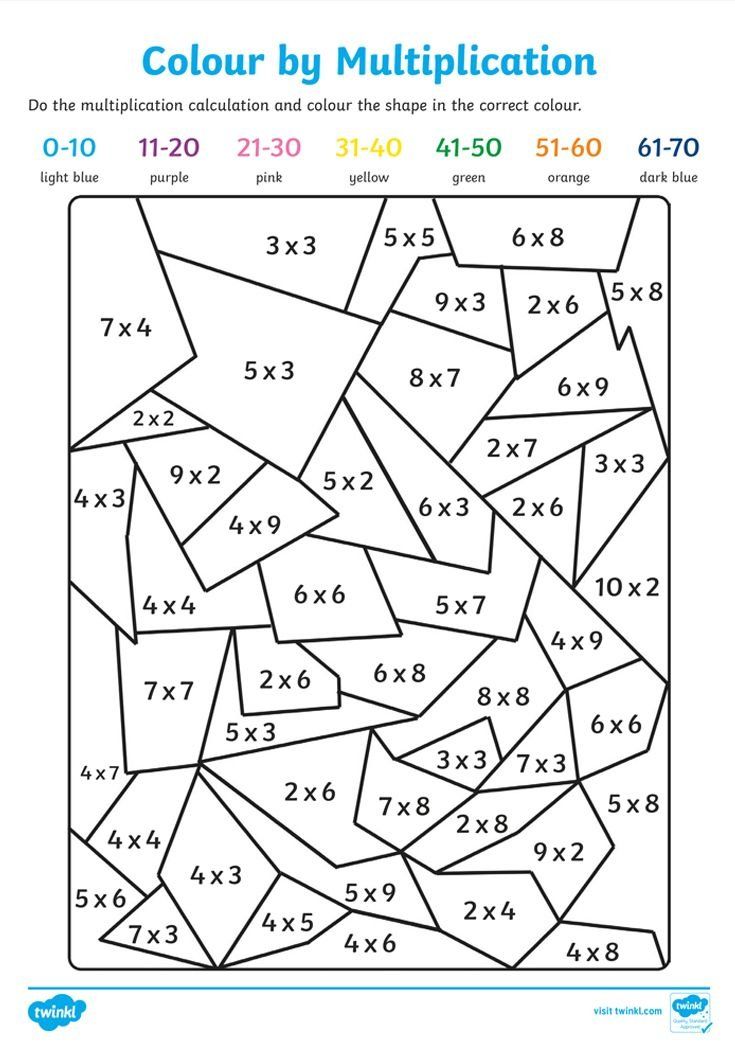 Guide your children on how to take the measurement, and then let them do it by themselves.
Guide your children on how to take the measurement, and then let them do it by themselves.
Math Activities For 4-year-olds
9. Blending lines
This activity encourages children to understand geometric shapes through visual models. Introduce your preschoolers to the concept of straight lines and curved lines.
You need yarn, paint, and paper for this activity. Draw shapes on the paper and ask your child to dip the yarn in the paint and place it onto the paper to make shapes. Guide them on how to bend the yarns to get different shapes. Notice the number of bending lines for each geometric shape.
Related: 14 Best Shape-Learning Games And Activities For Kids
10. Bottle bowling
Shutterstock
This is an amazing activity where children can learn counting while playing. Take some plastic bottles and help your child arrange the bottles in a triangular shape. Now encourage your child to roll a ball and hit the bottles. Ask them to count the bottles that have fallen after every hit.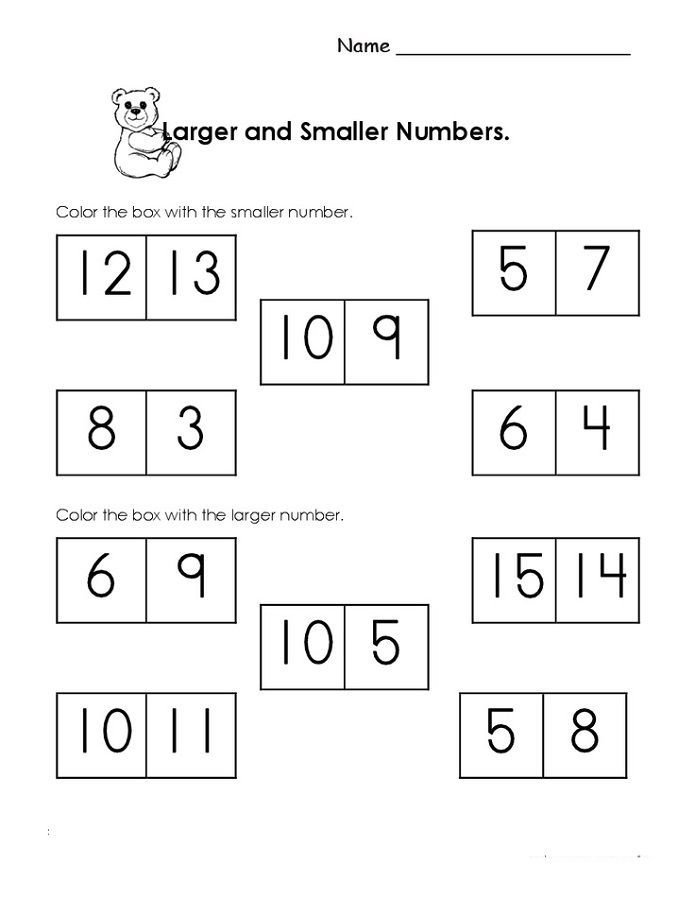
11. Pushing the limits with paper
Shutterstock
This activity will help you develop your child’s spatial reasoning skills and creativity. Take some construction paper, glue, glitter, and tissue paper. Make a triangle by cutting a sheet of paper, and explain to your child how this triangle can be folded to form a cone. Let them decorate the triangle as they want, fold it into a cone, fix it up using tape, and wear it as a birthday cap.
12. Match the cookies
Shutterstock
Teach your children the concept of matching via this creative activity. Make the dough, cut out some cookies using cookie cutters, and hand over the rest to your children. Let them figure out the shapes and make some more to match the shapes you have created.
Related: 15 Best Matching Games And Activities For Toddlers
13. Geome tree
Teach your children about different shapes and patterns while making a geome tree. Cut a triangle and a small rectangle and paste them to form a tree.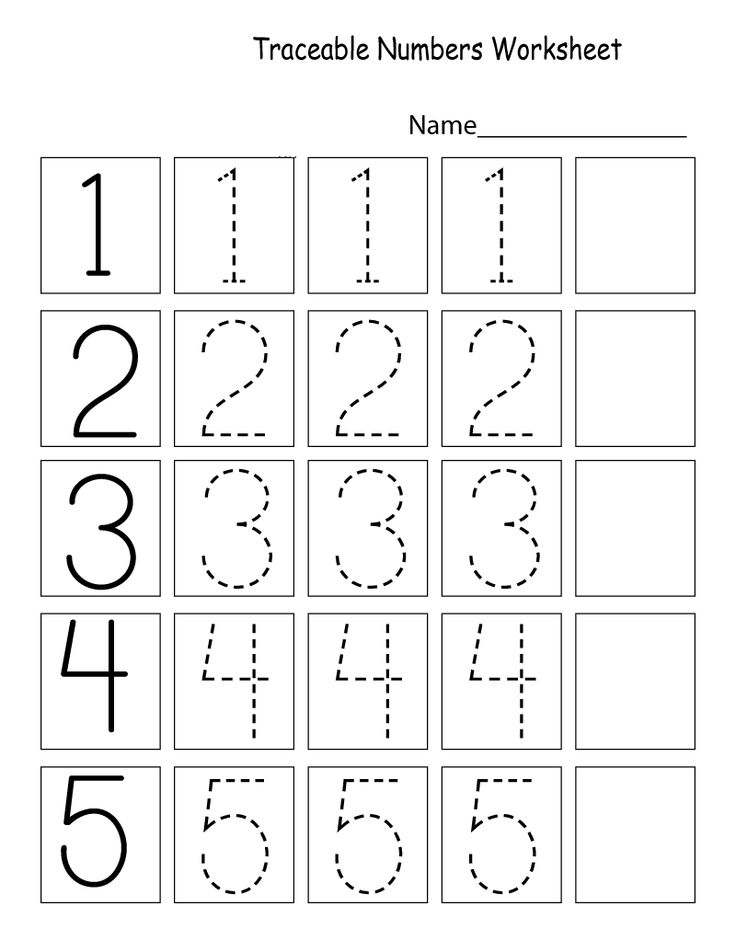 Now cut out circles, triangles, and squares to decorate it further.
Now cut out circles, triangles, and squares to decorate it further.
14. Number dance
Children who love dancing will surely enjoy this activity. Place a few number mats on the floor. Now, write a simple equation on the screen or board and let them figure out the answer. Once they get the answer, they need to jump and put their feet on the correct number.
Math Activities For 5-year-olds
15. Take 10
Shutterstock
This is an easy-to-play and fun math card game that involves addition. Take a shuffled deck of cards, remove the face cards, and invite your child to stack the cards face down. Each player needs to choose five cards and make as many equations in which the sum equals ten.
16. Growing taller
Shutterstock
Explain to your child the concept of measurement with this activity. Make a height chart on cardboard and place it on the wall. Invite your child to decorate the chart with colors and stickers. Next, teach them how to read height and make them measure their height or the height of their stuffed animals.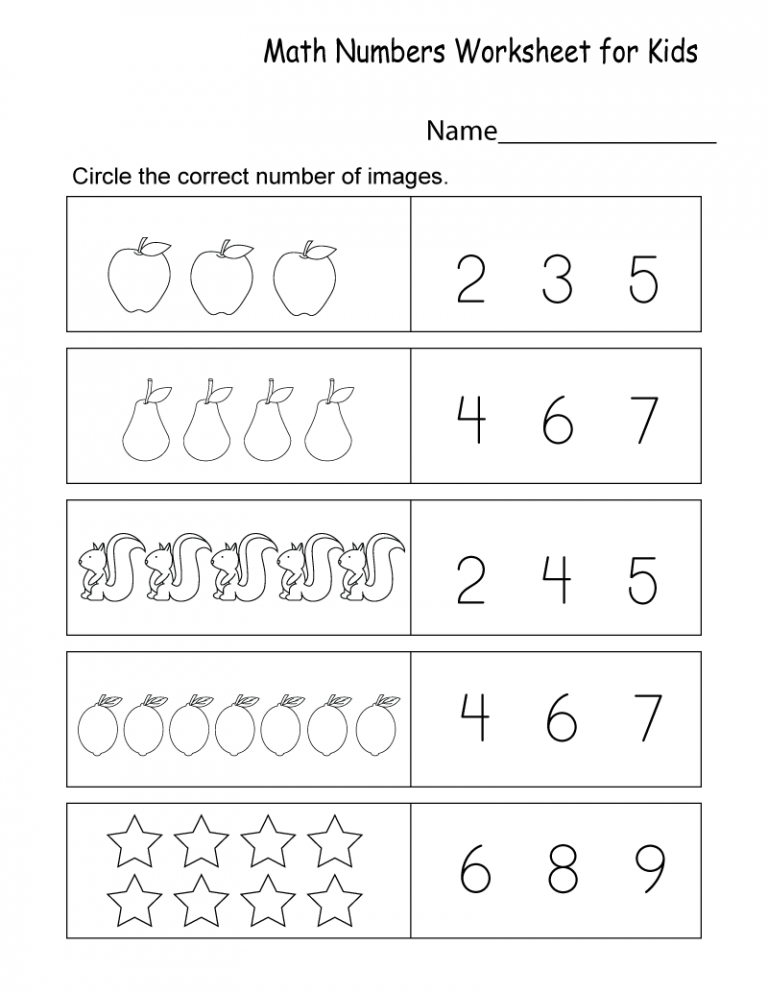
17. Measure the volume
Shutterstock
Children love playing with water, and so, this measuring activity will be great fun for them. Take measuring cups, water, and a big jar. Ask them how many cups of water are required to fill the big jar, and let them explore the concept of measurement.
18. Bring me
Shutterstock
Play this game whenever your children feel bored. Ask them to bring some gummy bears, candies, or other interesting objects. As they bring the objects, start counting, and your children will start counting with you in no time.
19. Shape walk
Shape walk can help improve your child’s shape recognition skills. For this activity, you need to draw shapes on a large piece of paper or the floor.
Observe the shapes with your child. Walk on the outline of the shapes and tell your child to follow you. While turning a corner on the shape, instruct your child on which side and how many times you are taking the turn.
20. Make a salad
Shutterstock
Practice counting while making delicious and yummy recipes in the kitchen.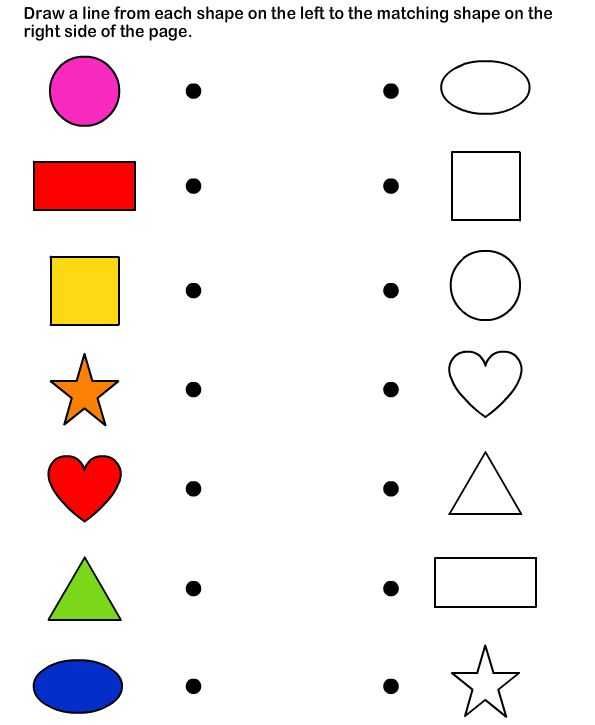 Prepare a salad with your children, and ask them to count the ingredients in the salad. For instance, make them count the number of cucumber pieces, tomatoes, peas, etc.
Prepare a salad with your children, and ask them to count the ingredients in the salad. For instance, make them count the number of cucumber pieces, tomatoes, peas, etc.
Work their brains by asking them if they can make three pieces of lettuce from a single leaf and how many peas can fit inside a pea-pod. Also, help your children arrange the ingredients in a pattern.
21. Guess how many?
Shutterstock
Here’s another interesting counting activity for children. Bring a box of blocks, candies, or gummy bears and tell your children, “I wonder how many candies fit in this box.” Dump all the blocks from the box and start counting. You will notice that your children will find it thrilling when you make mistakes.
Math Activities For 6-year-olds
22. Pouring and comparing
Shutterstock
Make your children pour rice into different-sized beakers. Ask them to arrange the beakers from smallest to biggest and biggest to smallest. Using these superlatives can help them learn the concept of measurement.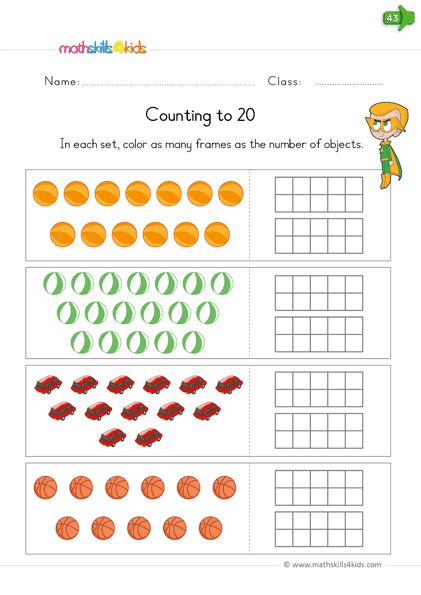 You may try this activity with the help of sand too.
You may try this activity with the help of sand too.
23. Math facts garden
Shutterstock
This is an amazing math game for grade-1 kids. To play this, they need to draw a big flower on the ground with ten numbered petals. Then, they will have to write a number in the middle to multiply, add, or subtract, and write the correct and respective answers on the petals.
24. Hit the target and graph
Shutterstock
Let your children hit the target color. Next, create a graph and help them record their points. In this way, you can teach them counting and graphing.
25. Tell time on a giant clock
Shutterstock
Draw a giant clock on the ground, and ask your children to be the hour and minute hands. Call out a time and tell them to mark the time on the clock by standing in the correct position. This will be a fun activity for learning how to read a clock.
26. Measure your frog jumps
Shutterstock
This is a measurement activity in which your children will have to hop or jump like a frog or kangaroo.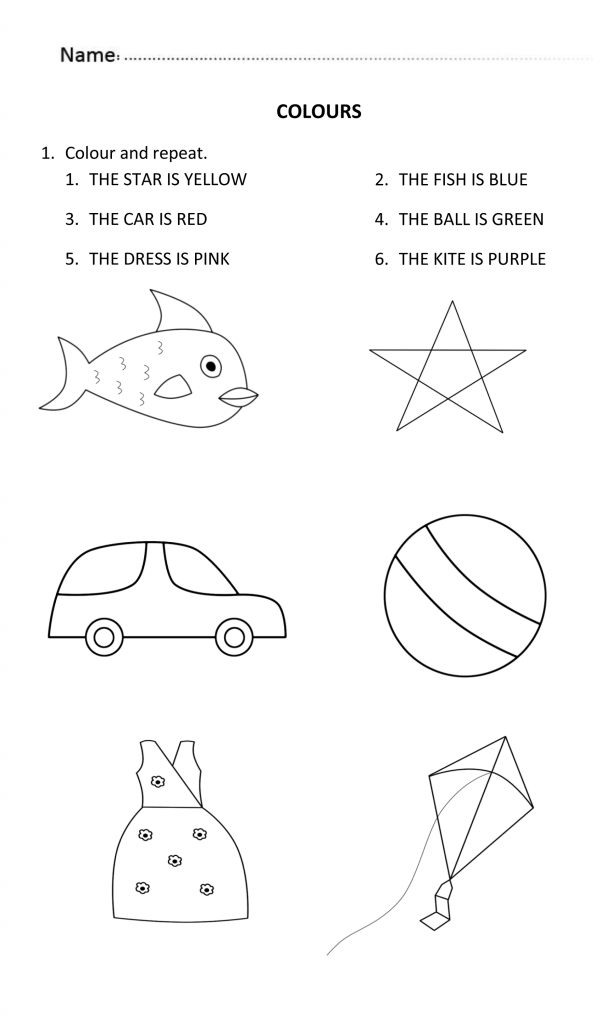 Once they jump, take a measuring tape or a ruler and tell them to measure the distance they have covered.
Once they jump, take a measuring tape or a ruler and tell them to measure the distance they have covered.
27. Run a flashcard race
Here is one more fantastic race activity for children. Place a series of flashcards onto the floor. These flashcards should have simple math problems written on them. Challenge your children to see how quickly they can make their way from start to finish by giving the correct answers. They can move only after giving the correct answer for each.
Related: 20 Easy Math Tricks For Kids To Improve Analytical Skills
28. Let’s find the signs
Shutterstock
Take your child on a sign hunt, and help them learn more about shapes by looking at the signboards. Take pictures of different signs you see outside, put them together in a sign book, and ask your child to identify them. This activity will help build their shape-recognition skills.
29. Roll the dice
Shutterstock
This is another excellent way to practice addition.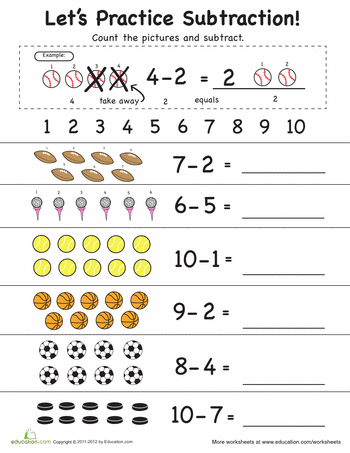 For this activity, you need dices, paper, and a pencil. Ask your children to roll the dices and add the numbers. Make other players take their turn. Guide your children initially, and then let them take ownership of the game. You will notice the confidence in them while adding the numbers.
For this activity, you need dices, paper, and a pencil. Ask your children to roll the dices and add the numbers. Make other players take their turn. Guide your children initially, and then let them take ownership of the game. You will notice the confidence in them while adding the numbers.
Learning math in the early years is important as it is an essential life skill. It helps develop skills such as problem-solving, measuring, spatial awareness, and an understanding of geometry and shapes. It also promotes logical reasoning and estimation, which help them learn other subjects such as chemistry and physics. Fun math activities are a good way to teach children these essential concepts outside the classroom without getting bored. Furthermore, engaging them in these interesting math activities for kids may pique their interest in the subject.
Key Pointers
- Math helps children learn vital life skills, develop spatial awareness, and understand shapes, measurements, and more.
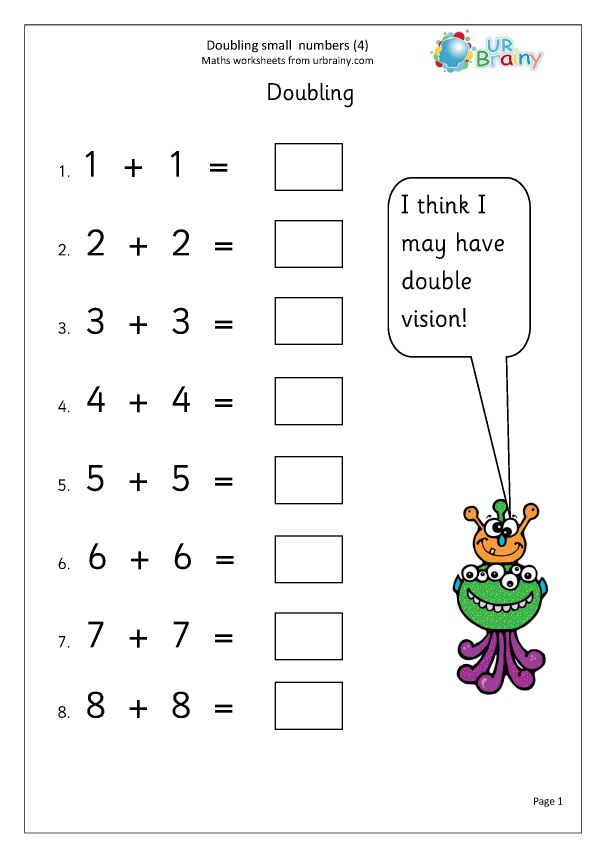
- Incorporating interesting activities while learning can make math fun.
- Counting Candies, Count It – Glue It, and Genome Trees are some interesting math activities for kids listed below.
The following two tabs change content below.
- Author
Soma holds a bachelor’s degree in Biotechnology from St. Xavier's College, Ranchi and worked as a science teacher for more than six years. Her background in science and experience with young children of various age groups made her take up writing assignments on children-related topics for different online platforms. At MomJunction, she writes easy-to-read, informative, and interesting articles for kids...
View Profile ›
60 Fun Indoor And Outdoor Scavenger Hunt Riddles For Kids
60 Fun Indoor And Outdoor Scavenger Hunt Riddles For Kids
Healthy Juices For Kids: 12 Easy Homemade Juice Recipes
Healthy Juices For Kids: 12 Easy Homemade Juice Recipes
11 Short Indian Mythological Stories With Morals For Kids
11 Short Indian Mythological Stories With Morals For Kids
30 Interesting Fun Facts About The Solar System For Kids
30 Interesting Fun Facts About The Solar System For Kids
20 Funny And Witty Tenali Rama Stories In English, For Kids
20 Funny And Witty Tenali Rama Stories In English, For Kids
200 Best Trick Questions For Kids, With Answers
200 Best Trick Questions For Kids, With Answers
6 Memorable Lord Ganesha Stories For Kids
6 Memorable Lord Ganesha Stories For Kids
150 Funny True Or False Questions For Kids, With Answers
150 Funny True Or False Questions For Kids, With Answers
100+ Best GK Questions For Class 7, With Answers
100+ Best GK Questions For Class 7, With Answers
Mathematics for children 3-4 years old.
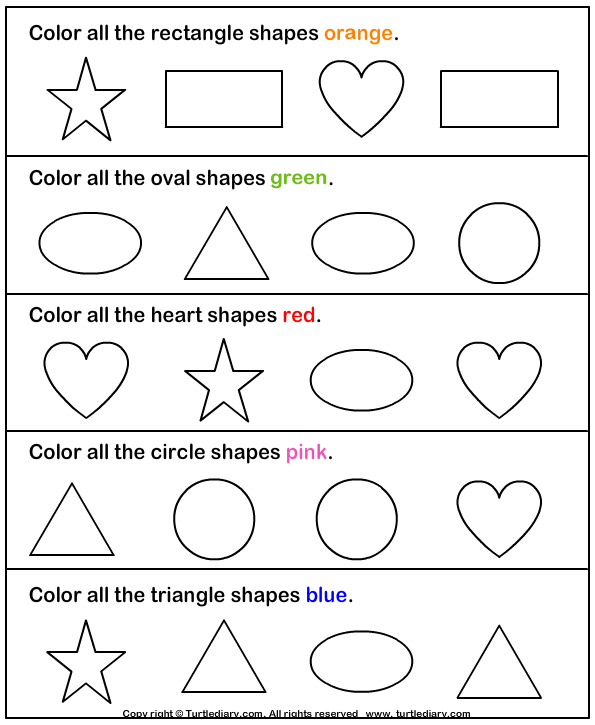 Counting up to 10. Games and tasks for printing
Counting up to 10. Games and tasks for printing At the age of 3-4 years, children have their first ideas about mathematics. To continue introducing your baby to the world of numbers and shapes, we offer parents to stock up on an arsenal of exciting activities. Remember that the most effective way to teach a child is through play. So knowledge will fit in the head of a young researcher much better, and interest in knowledge will only increase.
Audio version of the article "MATHEMATICS FOR CHILDREN 3-4 YEARS OLD. LEARN COUNTING TO 10" The audio tag is not supported by your browser. Download. MATHEMATICS FOR CHILDREN 3-4 YEARS. LEARN COUNTING TO 10
Contents
Mathematics for children. We continue to study the numbers
Exercises for consolidating the account up to 10
- We play and remember the sequence of numbers
- Children's counts on the account up to 10
Games for the ratio of numbers and objects
- Games with cards
- Book the number
- Play in shop
- Puzzle games
Learning to compare “How much more is how much less”
- Treat your friends
- Compare cards
- Who is more
The first addition and subtraction examples. Learning to equalize objects
Learning to equalize objects
Children 3-4 years old are distinguished by high cognitive activity. Toddlers can perform simple operations within 5: count in order, recognize numbers, compare the number of objects. A three-year-old child understands the meaning of the words "more" and "less", has an idea about addition and subtraction.
If the baby still does not know how to count, then our advice from the article “Mathematics for kids 2-3 years old. Learning numbers and learning to count” will help teach him. By the age of 4, children will have to master counting up to 10, learn how to act with new numbers.
Mathematics for children. We continue to study the numbers
Math classes with children 3-4 years old introduce new concepts to kids. This age group has its own characteristics. At the age of 3, the visual-effective type of thinking is gradually replaced by a visual-figurative one. Kids learn to perform simple tasks not only with objects, but also with numbers.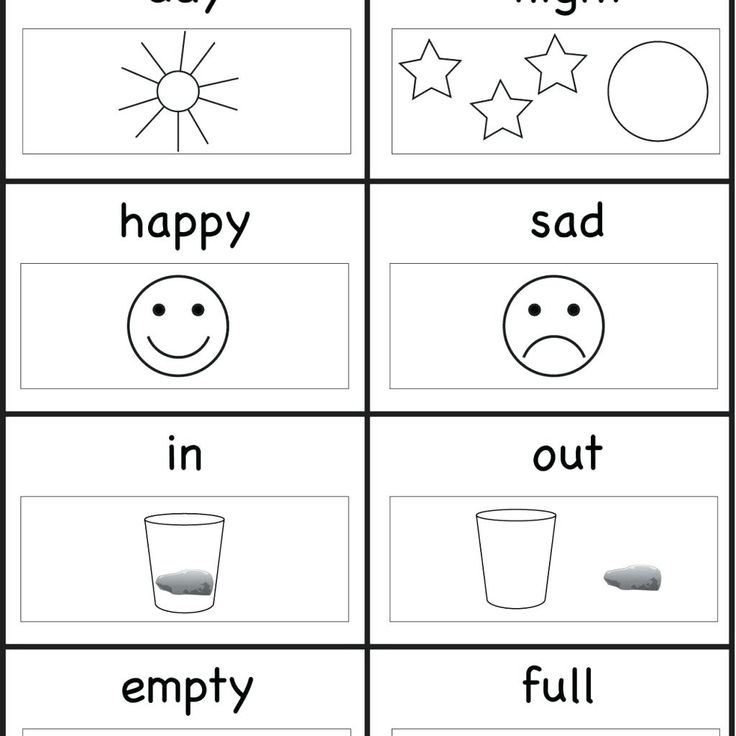
It's time to learn to count up to 10. Learning mathematical counting rhymes for the little ones makes the lessons interesting and exciting. In a fun atmosphere, children better remember new numbers, are able to solve the first examples. Using the right games and printouts will help you make friends with math.
Exercises to consolidate counting up to 10
Once your child is good at counting up to 5, move on to the next step. If the baby is still confused in numbers, return to the previous exercises. In mastering the account up to 10, difficulties may arise. This is fine. Repetition of the material, consistency and patience of adults will support the cognitive interest of the baby.
Playing and memorizing the sequence of numbers
Available games and exercises are designed for children 3-4 years old. With their help, the kid will master the quantitative and ordinal count within 10, learn to call neighboring numbers.
Divided pictures
For games, funny pictures are used, cut into equal strips vertically or horizontally.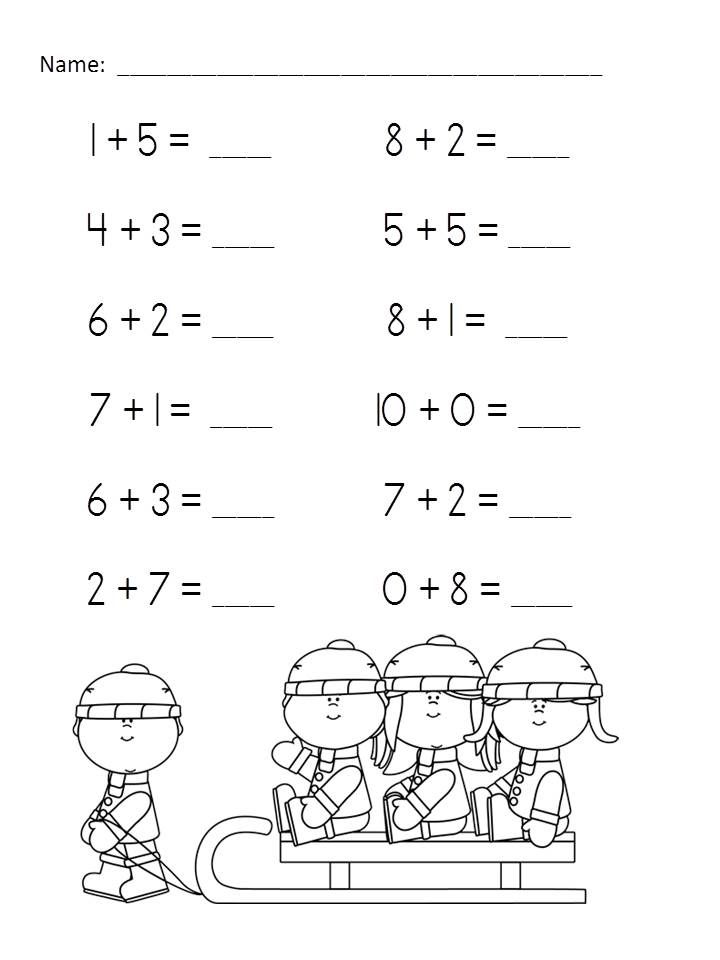 From them you need to make a complete image. The hint is the serial number located on each part.
From them you need to make a complete image. The hint is the serial number located on each part.
Sequentially arranging the numbers, the baby will be able to correctly fold the picture. The game forms in children an idea of the whole and the part, teaches counting up to 10, helps to remember the order of numbers.
You can download split pictures on our website.
Download 12 picturesConfusion
Place a bucket with numbers made of plastic or on cards in front of the baby. Tell them that they went for a walk and walked in order one after another. But suddenly a strong wind came up, whirled everyone and mixed up the row.
You need to help the numbers and build them again from 1 to 10. Try it yourself (the child builds a numerical sequence). Ready? Now let's check if the numbers are correct? Count out loud (the baby performs an ordinal count). Well done, that's right (in case of an error, ask to think and correct).
Find neighbors
Have your child build a sequential row of cards with the first ten numbers.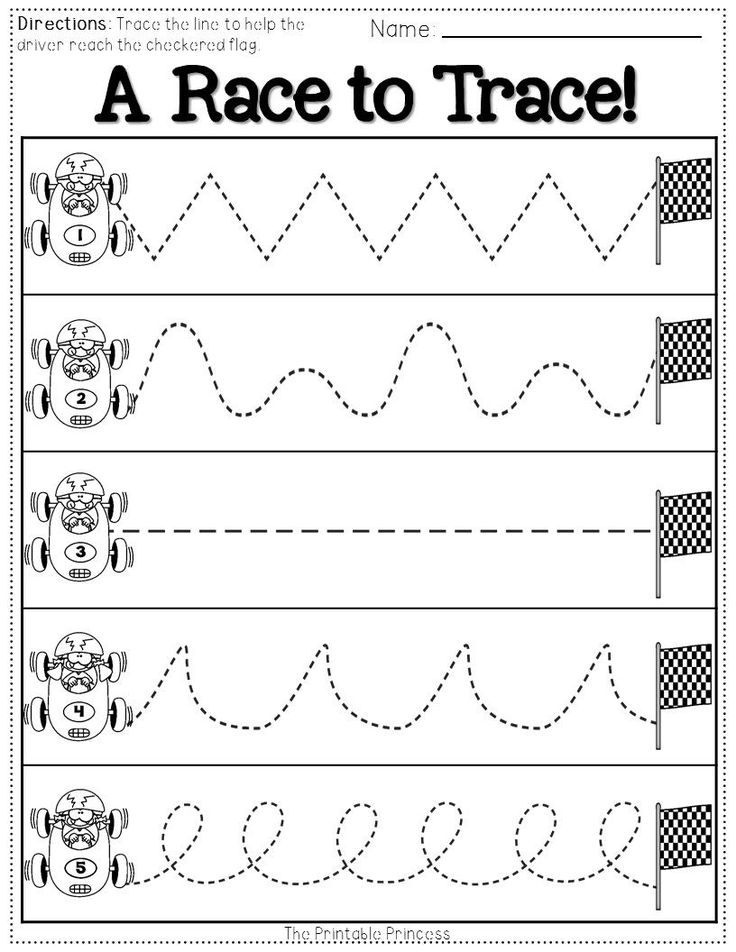 Ask what are the neighbors of the number 4 on both sides (answer 3-5), 6 (5-7), 9 (8-10)?
Ask what are the neighbors of the number 4 on both sides (answer 3-5), 6 (5-7), 9 (8-10)?
If the task is beyond your strength, ask the neighbor who stands in front of the numbers 6, 8, 10 (answers 5, 7, 9.)
Who knows, let him keep counting
This game is quite difficult, designed for children from 3.5 years old. One player says any number up to and including 7. The second one needs to name the next 3 numbers. For example: if 2 - then 3, 4, 5, if 4 - 5, 6, 7.
The first number is called by the child, the adult shows how to answer correctly. Then the players switch roles. To make the task easier for the baby, you can use cards with the corresponding numbers for clarity.
Connect the dots
The game helps to remember the sequence of counting up to 10. Give the baby a sheet with dots and numbers from 1 to 10. Ask: “Do you want to know what is drawn here? Then take a pencil and connect the dots in order, from the smallest number to the largest.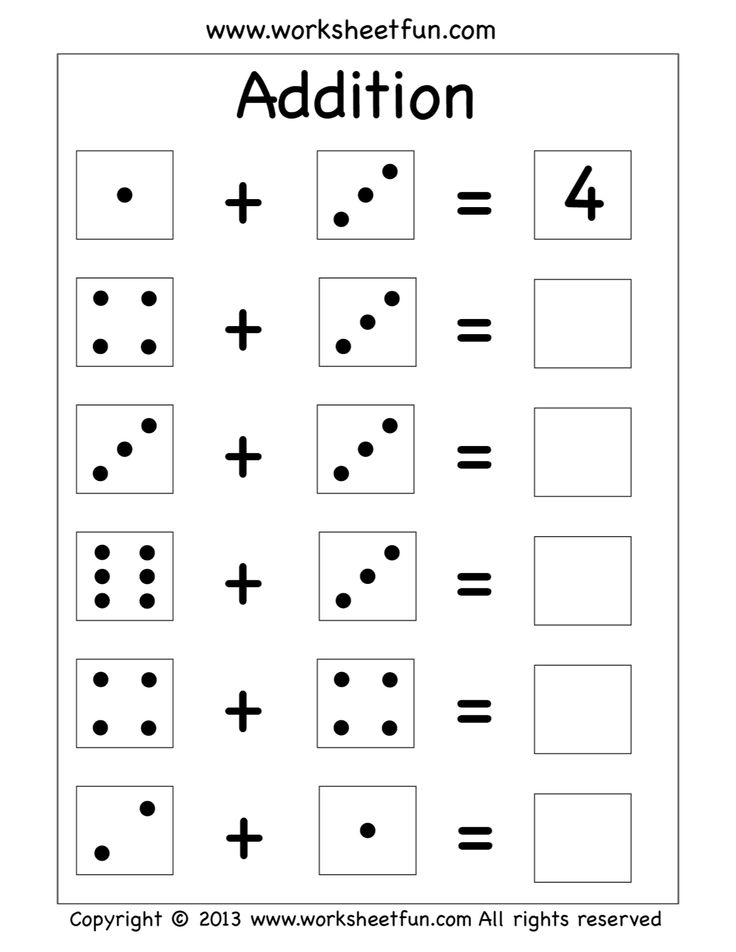 Say each number out loud.
Say each number out loud.
What is the smallest number? One. So, with what number should I start, show me? That's right, number 1. Go on. Who did you get? Kitten, well done! Now you can color the picture, it will be bright and beautiful. If the child is confused, repeat the ordinal count with him.
You can download pictures for the game on our website under the gallery.
Download 8 pictures
Children's counting rhymes up to 10
Poems and rhyming rhymes make math fun and entertaining for children aged 3–4. They can be supplemented with story games or used separately. We offer you to watch a funny musical cartoon-counting.
Toddlers like short counting rhymes because they are easy to remember. Here are some examples.
Counting from 1 to 10
We learned to count.
Well, then we don't know,
Maybe we can count together
Six - we love to eat sweets,
Seven - we help everyone,
Eight - we won't leave our friends in trouble.
Nine - learning by five,
Ten - finished counting.
Author A. Metzger
Ten crows
I decided to count the crow:
One, two, three, four, five Nine - feeds crows ...
Well, ten is a jackdaw.
So the counting rhyme is over
(folk)
A popular poem by S. Ya. Marshak will help you remember what the numbers look like and learn how to count them.
“Funny account. One to ten"
Here is one or one,
Very thin, like a knitting needle,
And here is the number two.
Admire how it is:
The deuce arches its neck,
The tail drags behind it.
And behind the deuce - look
The number three appears.
Three of the badges
Consists of two hooks.
Three are followed by four,
Sharp elbow of a bulge.
And then she went dancing
Number five on paper.
Stretched her hand to the right,
Steeply bent her leg.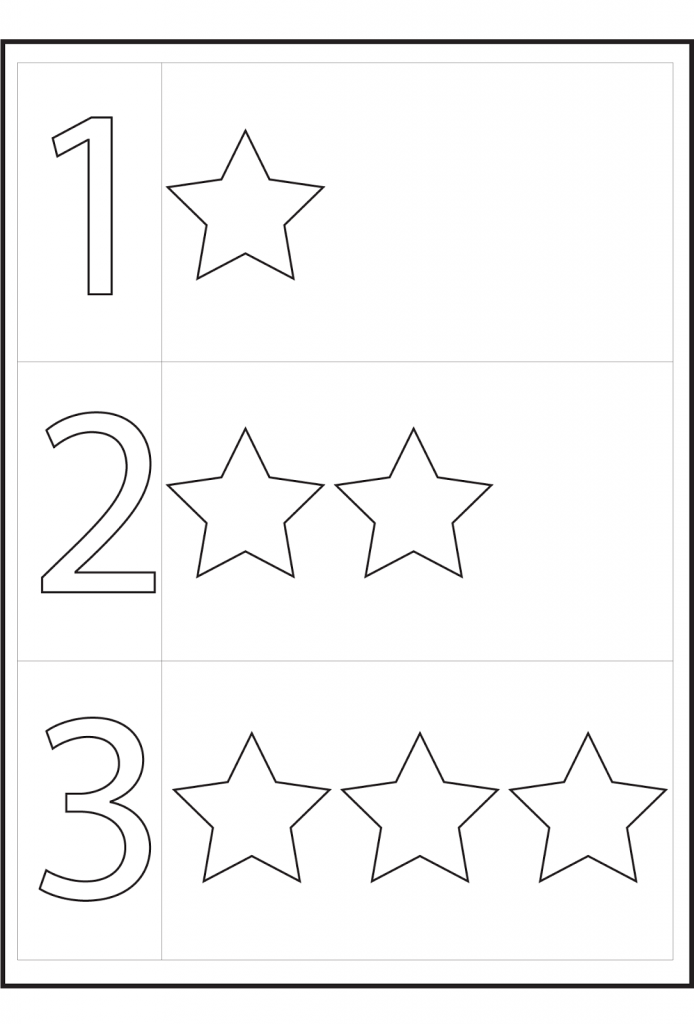
Number six - door lock:
Hook above, circle below.
Here is a seven - a poker.
She has one leg.
The figure of eight has two rings
Without beginning and end.
Number nine or nine
Circus acrobat:
If you stand on your head,
Number six nine will become.
A number like the letter O
This is zero or nothing.
Round zero is so pretty,
But it doesn't mean anything!
If on the left, next to it
Applicable unit,
He will weigh more,
Because that's ten.
These numbers are in order
Write in your notebook.
I'm talking about every now
I'll compose a story for you.
S. Marshak
The full version of the book can be bought at the Labyrinth store.
Games for the ratio of numbers and objects
We continue to acquaint the baby with the numbers of the first ten. We teach the child to recognize numbers from 1 to 10 and correlate with the same number of objects.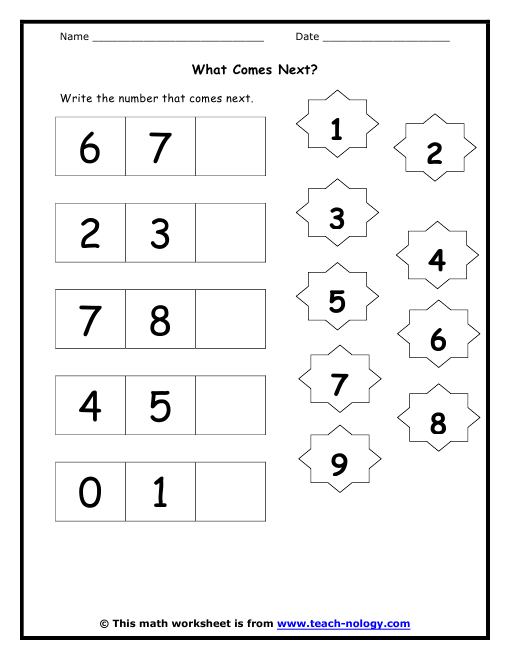 Mathematics classes for children aged 3-4 include more complex tasks than a year ago.
Mathematics classes for children aged 3-4 include more complex tasks than a year ago.
The baby will have to deal not only with real objects, but also with their image on cards or pictures. A selection of available games and printable tasks will make your task easier.
Card games
First you need to consolidate the skills of recognizing new numbers. Prepare two types of cards: one with pictures, the other with numbers. To captivate children, participate in the game as equals.
Place the picture cards on the table. Put the numbers from 1 to 10 in a box, put them next to each other. Each participant in turn takes out a card with a number. It is required to find a picture with the same number of objects.
Download cards for the game
Fill in the number
You will need special cards for the lesson. These fit well.
If you use a pencil, it will be more interesting. Have your child count the number of items on each card.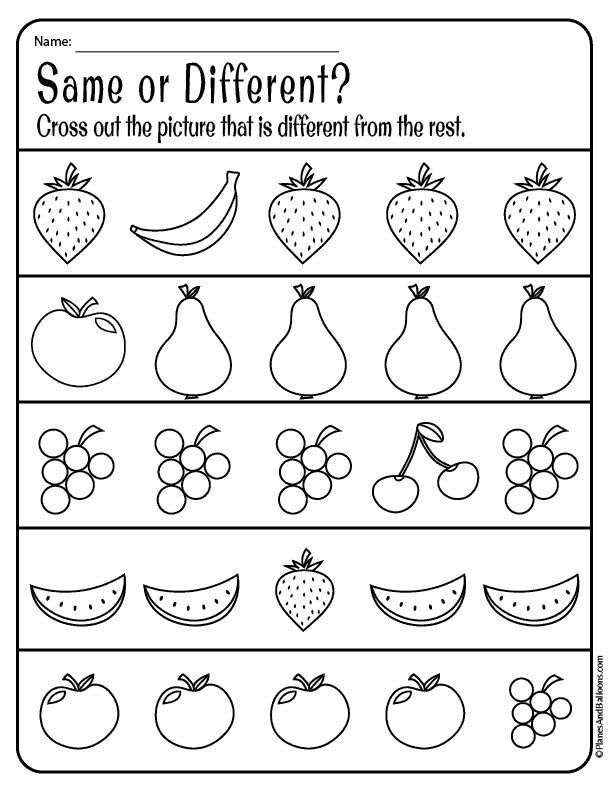 Ask them to show and circle the appropriate number.
Ask them to show and circle the appropriate number.
Ask: How many apples are in the picture? (three). Show the number 3. That's right, you can paint over the box.
Download 2 sheets with cards
Playing shop
Kids imitate adults in everything and take part in the game with pleasure. Mom and dad are the buyers, the child is the seller. Use cards with different amounts of fruits, vegetables, toys, nuts. There should be no more than a dozen items in one picture.
Instead of money, they use cards with numbers from 1 to 10. The buyer comes to the store, gives a card with the number 3 and asks to sell tomatoes. The seller needs to find the goods in the right quantity and hand them to the buyer.
Puzzle games
Toddlers can already make simple puzzles. The skill is useful for doing mathematics with children 3-4 years old. A variety of visual materials and tasks maintains interest in exercises, develops perseverance.
Double puzzles consist of two parts.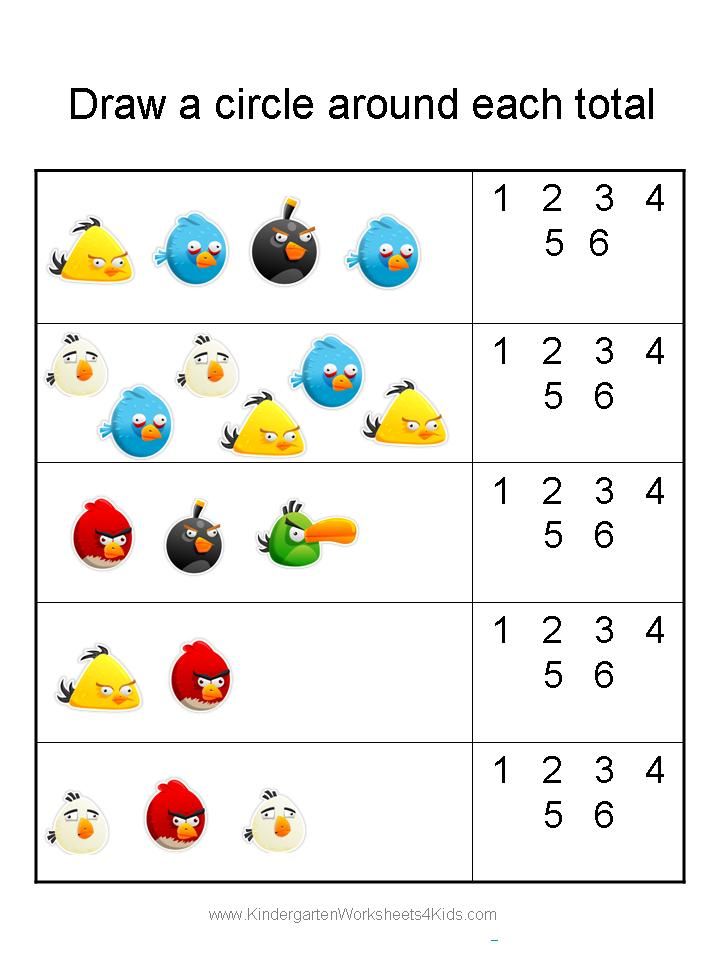 One shows a number from 1 to 10, the other shows the same number of familiar items (fruits, birds, flowers, circles). By folding the halves, the child learns the ratio of numbers with the number of objects.
One shows a number from 1 to 10, the other shows the same number of familiar items (fruits, birds, flowers, circles). By folding the halves, the child learns the ratio of numbers with the number of objects.
Puzzles for classes can be downloaded here.
Download puzzlesCut the cards printed on the printer along the center line. Ask your child to find the matching halves and put together some puzzles.
The first version of the game: match the second part to the number. The second is to find a half that matches each picture. It is convenient to use reusable wooden puzzles. You can buy them in the Ozon online store.
Learning to compare “How much more to how much less”
In math classes between the ages of 2 and 3, the child learned to compare populations. He knows how to operate with the concepts of “more, less, equally”. At 3.5 years old, the child is able to determine the difference in numerical terms, to count how many items are more or less.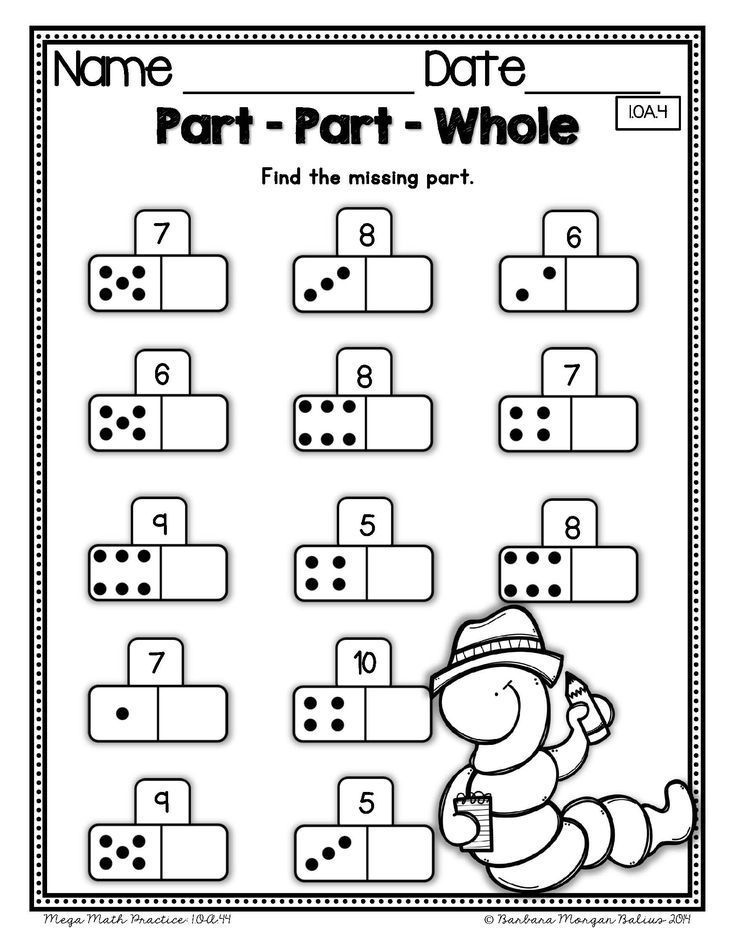 You can develop the skill in everyday games with practical examples.
You can develop the skill in everyday games with practical examples.
Treat your friends
3 toys came to visit us: a bunny, a clown and a tumbler. You need to give them candy. Take it out of the vase. How many sweets do we have (4)? Which is more - sweets or toys (candy). How much more (one)? Well done, she'll get you.
Cards can still be used for games. Feed the squirrels with cones. Lay out 4 cards with the image of squirrels, and under them 3 cones. Ask the baby: “Did all the squirrels have enough cones? Not? Who didn't have enough? And let's make squirrels and cones equally?
Lay out a different number of cards each time and let the baby feed all the animals. Download cards for the game on our website.
Download flashcards
Compare flashcards
During the day, between times, show your child two cards with different numbers of objects. Ask where are more items? How much? Where is less? The child will learn to compare groups and determine the difference in their number.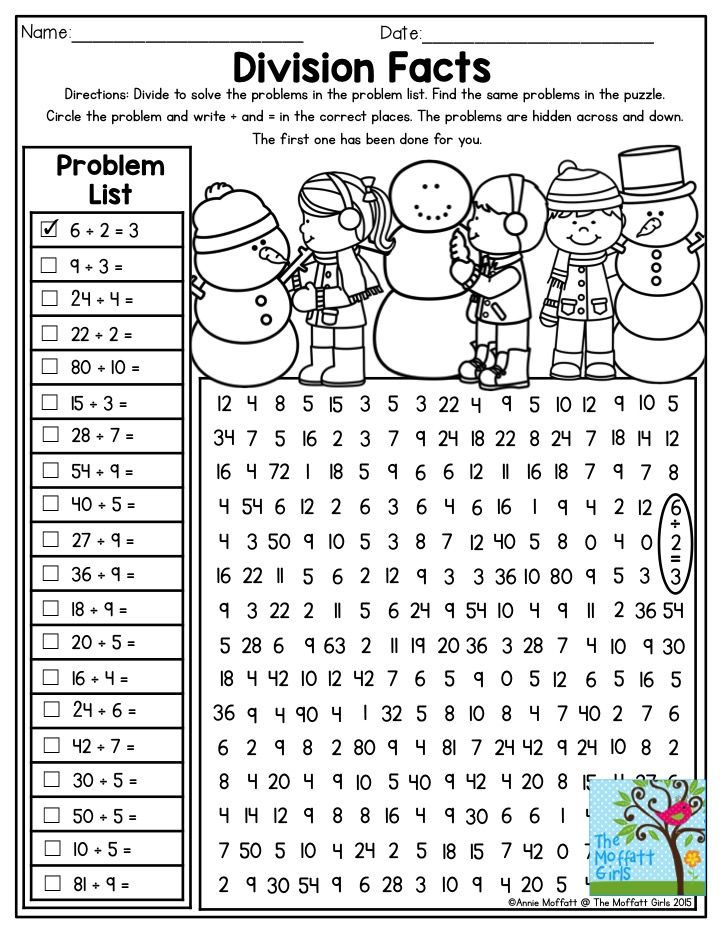
For children 3-4 years old, you can already use different types of images: figurative pictures and geometric shapes. Let's say there are 3 carrots on one card, and 2 mugs on the second. Or 1 square and 5 chickens and so on. The task of the game is to teach the child to see the quantitative difference, regardless of the characteristics of the objects.
Who is more
An adult says: “Girls and boys are walking in the yard. Instead of boys, there will be squares, instead of girls, circles (puts 6 squares and 4 circles mixed on the table). How many guys are there? And which of them is more? How much?
Tell the child that it is easy to find out if you arrange the figures in 2 rows, one under the other. How many fewer girls than boys? And now make sure that they were equally.
It happens that it is difficult for a baby to determine the numerical difference. In this case, change the tasks to simpler "Greater than, less than or equal to." Cards for the game “One-many” can be downloaded in the article “Mathematics for kids 2-3 years old.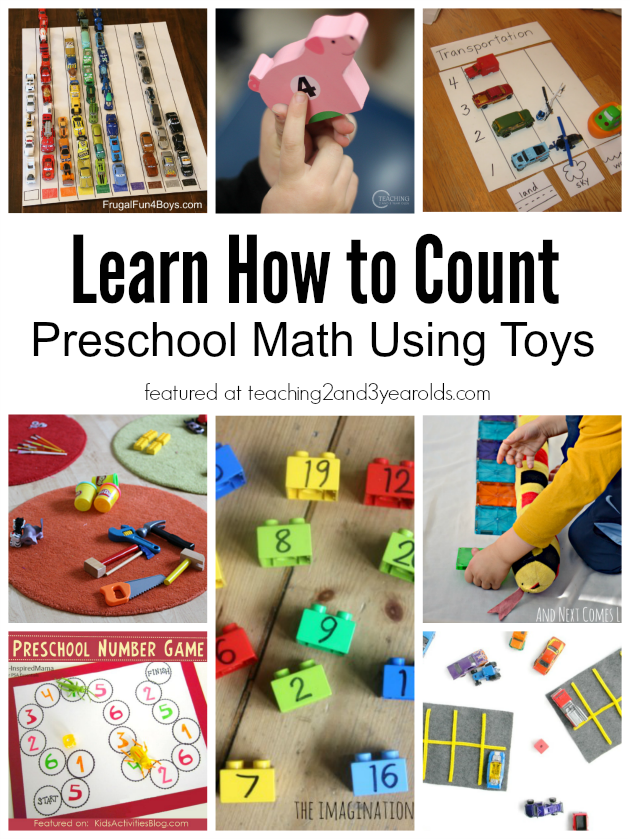 Learning numbers and learning to count.”
Learning numbers and learning to count.”
First addition and subtraction examples. Learning to equalize objects
Math examples for 3-4 year olds introduce simple arithmetic operations. The child learns new words: subtract, subtract or add, add, learns to use them.
For the first lessons, any compact objects are suitable - nuts, buttons, pebbles, toys. Then move on to the exercises with pictures or cards. For example, like this.
Comparing rows of objects, the baby gets a visual representation of the difference in quantity and fixes the score to 10.
You can take the buttons, and for clarity we will use cards with apples and pears. If you also want to play with cards, you can download them here:
Download cardsAsk the baby to lay out two rows of buttons, one under the other. For the top you need to take 6 white buttons, for the bottom - 4 red ones.
Give the task to make the rows the same or equal. The child will make several attempts and find the right solution.
Tell me that you can equalize items in different ways. One of them is subtraction. We take away where there are more items. The other is addition, we add where it is less.
Remove 2 apples
Add 2 pears
Let the child try both methods, commenting on his actions: “There are more white buttons than red ones. You have to take two. Now it's even." By completing tasks, the kid will get acquainted with the basic mathematical concepts in an accessible game form. When the child learns to solve examples with two rows, add a third.
Exercises with examples instill in young children an interest in mathematics, form the initial computing skills.
In conclusion, we note that doing mathematics with children 3-4 years old is not at all difficult. This is within the power of every parent and takes a little time: only half an hour a day. Focus on the age of the baby, do not skimp on praise, encourage effort and the result will please you.
fun and interesting tasks for classes
The emphasis in modern preschool education is on developing education.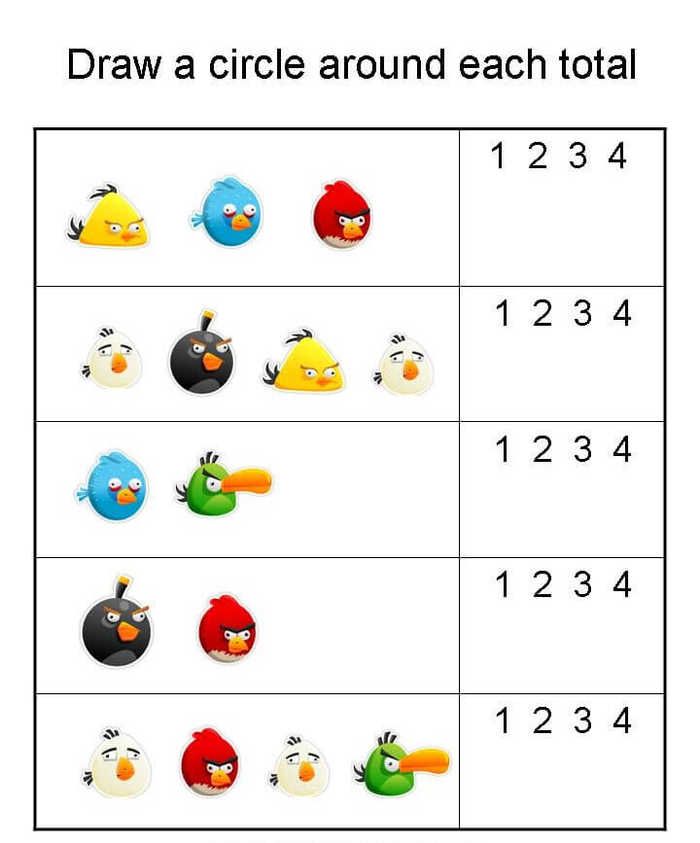 Math classes are no exception. The formation of elementary mathematical concepts develops personality, intellect, forms logic and abstract thinking. It sharpens attention and memory, develops speech and contributes to the most comfortable integration of the baby into the outside world. Fun math for children 3-4 years old will help develop such qualities as curiosity, achievement of goals, discipline. Introduces spatial and temporal logic.
Math classes are no exception. The formation of elementary mathematical concepts develops personality, intellect, forms logic and abstract thinking. It sharpens attention and memory, develops speech and contributes to the most comfortable integration of the baby into the outside world. Fun math for children 3-4 years old will help develop such qualities as curiosity, achievement of goals, discipline. Introduces spatial and temporal logic.
What mathematics teaches kids 3-4 years old
Every educated parent wants to understand how well his child is developed. Does it miss any skills that are important in the modern world, what should be emphasized. In order to adequately assess the knowledge and skills of children, you need to know what the current education system requires of them.
Mathematics for three-year-olds
Mathematics at 3 years old in kindergarten is not difficult. Children should:
- Learn to work with numbers up to five. This is both ordinal and reverse counting.
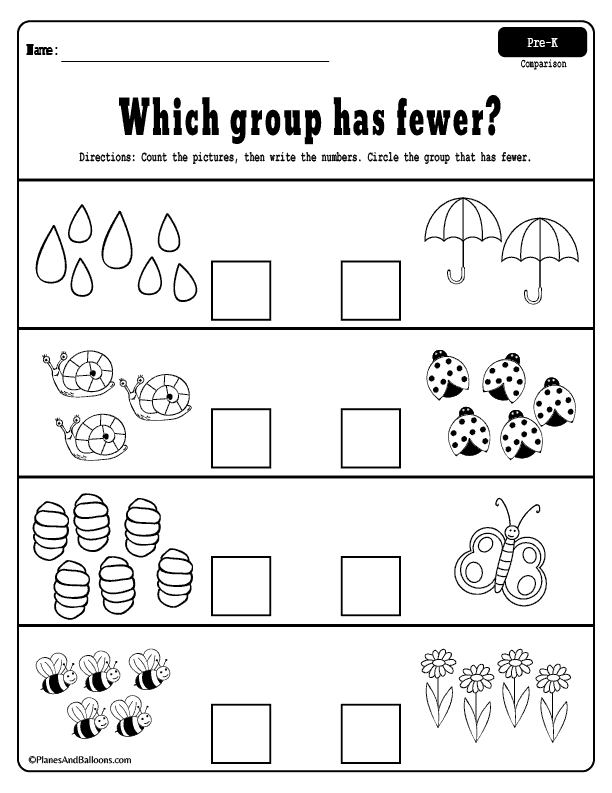
- Understand what a number consists of (for example, 5 is 4+1).
- When counting, use fingers, counting sticks, and other available items.
- Correctly use the names of ordinal numbers, as well as cardinal numbers in the names of numbers.
- Recognize written numbers, be able to write them yourself.
- Name the number that comes before the given one, as well as after.
- Use the terms "more", "less", "the same". Clearly understand the difference between them.
- Master orientation in space (for example, show on a sheet of notebook where the lines are above and where below, which are left, right, between them, which is in the center, which is above, which is below).
Children must distinguish between objects.
Largest:
- Big is bigger.
- Small - smaller.
- Short - shorter.
- Long - Longer.
- High - taller.
- Low - lower.
- Wide - wider.

- Narrow - narrower.
Math lessons
Geometrical form:
- square;
- circle;
- triangle;
- rectangle.
Must find these figures and be able to draw them, name the geometric shape of the surrounding objects. Learn to identify their color. Distinguish between a circle and a sphere, a square and a cube.
Counting and numbering
The task of the teacher is to understand whether the children understand the ultimate goal of counting, why they do it.
Mathematics for kids aged 3-4 has its own characteristics. Their attention must be directed to the study of a serious subject. For this, all kinds of auxiliary materials, presentations are used.
Studying figures in preschool educational institution
Fairy tales, toys, cubes, pictures (characters from fairy tales and cartoons printed on a color printer will be an excellent handout), lapbooks will also come in handy. They are easy enough to make yourself.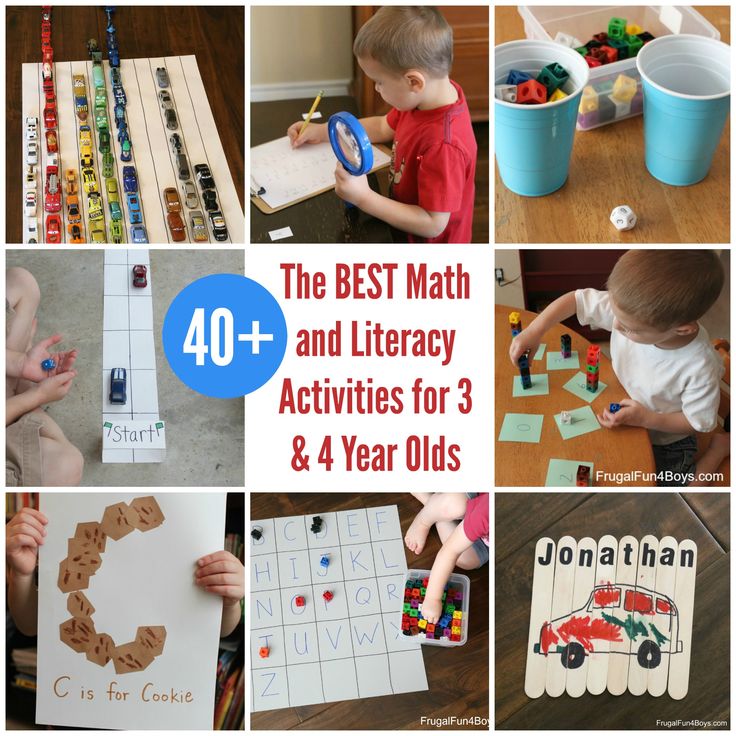
Children should learn the names of numbers. But often they do not project this knowledge onto something that concerns themselves. For example, a child knows the ordinal count very well, but cannot count his fingers. He just doesn't connect the two.
Important! The task of the teacher is not only to give the concept of numbering and counting, but also to connect these things with the real world in the mind of the child.
Math exercises
Additional material required for math class. DOW recommends "Player" L. G. Peterson. This manual is aimed at using in mathematics lessons at 3 years old in kindergarten. These notebooks can be purchased online. It is also recommended to use the technique of E. V. Kolesnikova.
Flashcards
Math for a 3 year old starts with pictures. Five cards are made with the numbers 1, 2, 3, 4, 5.
You need to prepare pictures of the same color, but different objects. For example:
- Blue - car, balloon, flower, umbrella, etc.
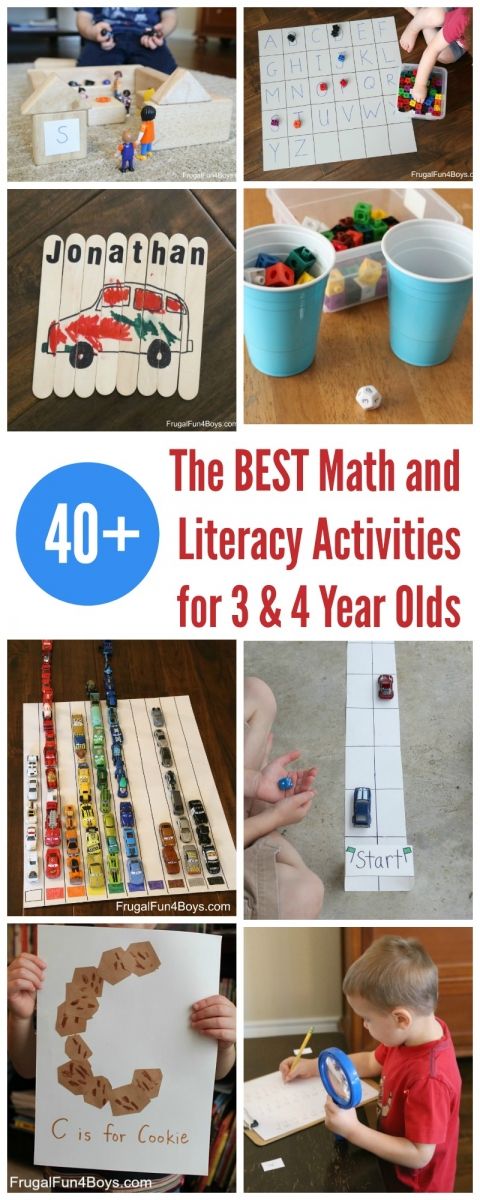 (all the same color).
(all the same color). - Red - car, ball, pencil, umbrella, etc.
- Yellow - car, ball, ball, spoon, etc.
- Green - car, ball, flower, umbrella, etc. .
- Black - car, ball, pencil, umbrella, etc.
- White - car, ball, flower, umbrella, hare, etc.
This is how the working presenter will assemble to study the initial count. Items in the pictures should be of different sizes.
Quests:
- Find all red cards. Find and name each picture.
- Find all yellow cards. Find and name each picture.
- Find all blue cards. Find and name each picture.
- Find all green cards. Find and name each picture.
- Find all black cards. Find and name each picture.
- Find all white cards. Find and name each picture.
After the children have completed the task, you can move on to the next step.
Further tasks become more difficult. You need to select all the cards where the car is drawn.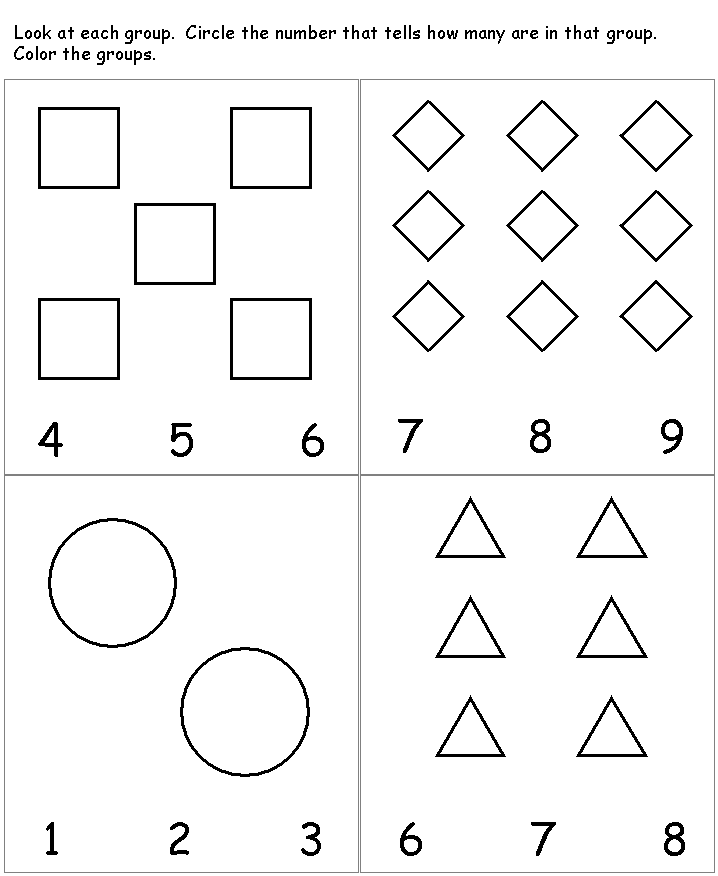 All cards where the ball is drawn.
All cards where the ball is drawn.
For your information! The presence of different colors is very confusing for children at first.
More-less comparison
Mathematics for a 3-year-old child, which takes place in preschool, includes the study of comparisons. The concept of "more" and "less" is explained to children. A set of cards from previous lessons is used:
- Find all cards with a ball drawn. Then find all the cards where the umbrella is drawn. Compare number of cards. Find out which drawings are more.
- Find all flower cards. Then find all the cards with the drawn car. Find which pictures are smaller.
For clarity, you can put together a picture with a car and a flower.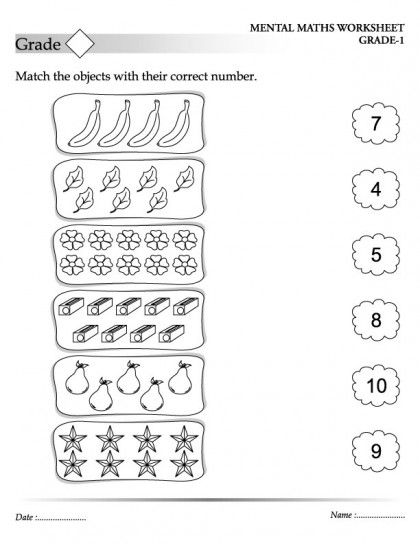 Which pictures will remain without a pair, those and more. Which ended earlier, those and less.
Which pictures will remain without a pair, those and more. Which ended earlier, those and less.
Exploring the concept of "The same"
At the beginning of the lesson (if someone is celebrating their fourth birthday) the parents of the birthday boy brought a cake and sweets. How to determine how much sweets each child needs without using numbers? The children make their suggestions.
The term "the same" is introduced. The children practice in fixing the new word. Problems with similar terms are solved:
- also;
- equal amount;
- is the same.
About finger counting
At the first stage of learning to count on fingers, you need to firmly master all possible combinations. The child should not think about the answer within one hand.
Mindfulness and memory develop, including tactile memory, because the counting takes place in the head. You have to keep several data in memory at the same time. A quick decision depends on quick wit and speed of perception.
The child counts on the fingers
Before learning to count on the fingers, the child is already familiar with the concepts of "more", "less", "also". Can count items in order up to five.
Next:
- Start with 1+1=2. Children put two fingers together and get 2.
- Then add another finger = 3.
- Add one more to three and get the fourth result (four).
- One more finger is added to four to get five.
Now subtraction is mastered:
- Subtract one finger from five and it becomes four.
- Subtract one finger from four and it becomes three.
- If one finger is taken away from three, there are two left.
- Subtract one finger from two and one will remain.
Lesson should not exceed 20 minutes. Children get tired quickly. You can diversify the lesson by changing activities - warming up, singing something, solving riddles, and so on.
Important! Cannot be forced.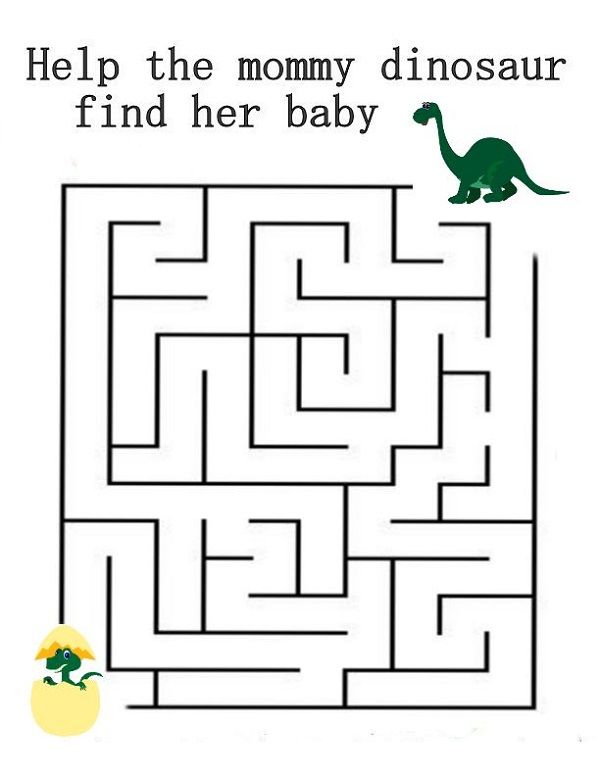 It is always easier to "lure" somewhere than to force. The elements of play, competition and rewards will do more and better than anything else.
It is always easier to "lure" somewhere than to force. The elements of play, competition and rewards will do more and better than anything else.
Counting on objects in parallel with mental counting
Having learned to call numbers correctly, children still do not quite understand what it really means. For understanding, binding to reality, tangible objects are needed that can be picked up or touched. A visual assistant for the children's brain is needed.
Handouts carry the function of tactile and visual perception of the subject of study. Used and purchased inventory, and made independently. Suitable cards with drawings of animals, cubes (preferably different colors, but the same size), all kinds of sticks, tubes, balls. The main requirement for inventory in the lesson will be a unifying characteristic (one or two).
The use of cubes in counting
There are several examples of use:
- Find the same drawings on the distributed cards and count them.

Learn more


